We began our 33-day long UK/Ireland trip on June 7th, taking a plane from Malaga, Spain to Bournemouth, England, then a train to London. This was the cheapest way to get there.
Here is our England/Wales itinerary from 30,000 feet:
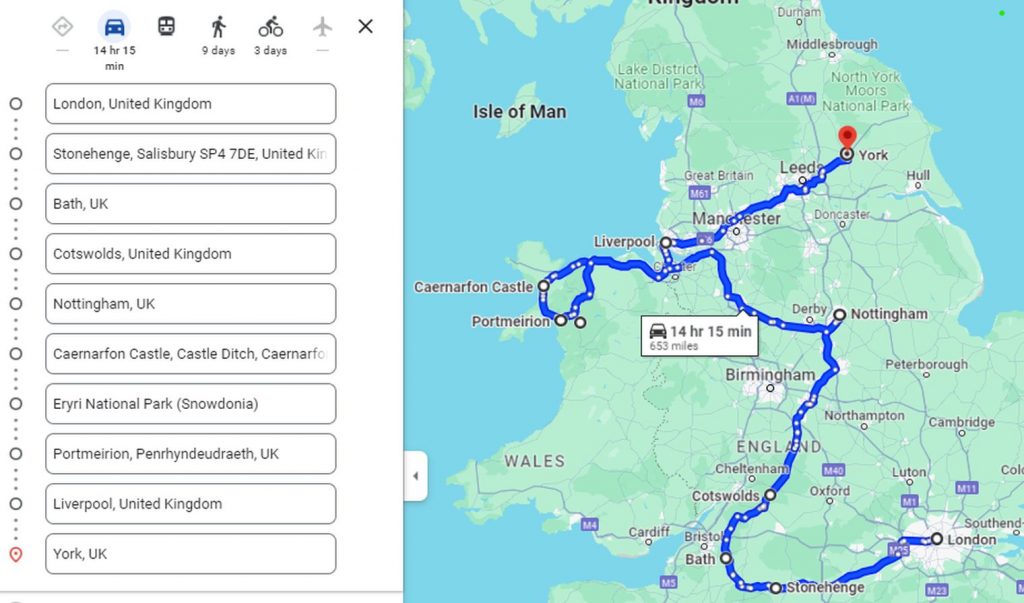
We had two full days in London, and a total of 11 days in England and Wales. This post is about London.
I’d been to London when I was in college and was eager to return. Michael had never been there. I was excited to see it with him this time!
Our first sight when getting off the train at Paddington station, other than Paddington station, was of a modern artwork of animals sitting around a table. We each sat to visit with them for a bit. They had British accents. 🙂
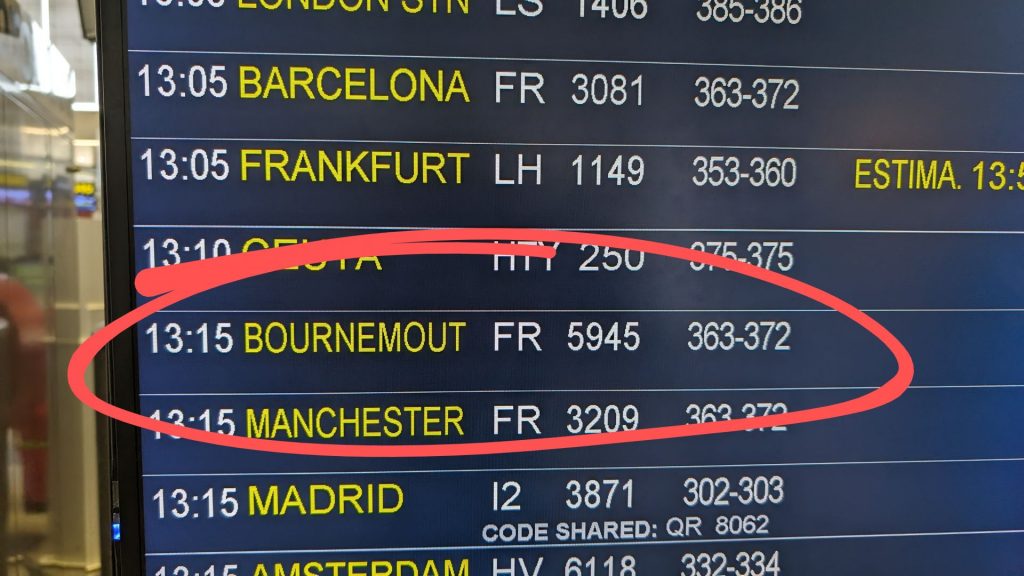
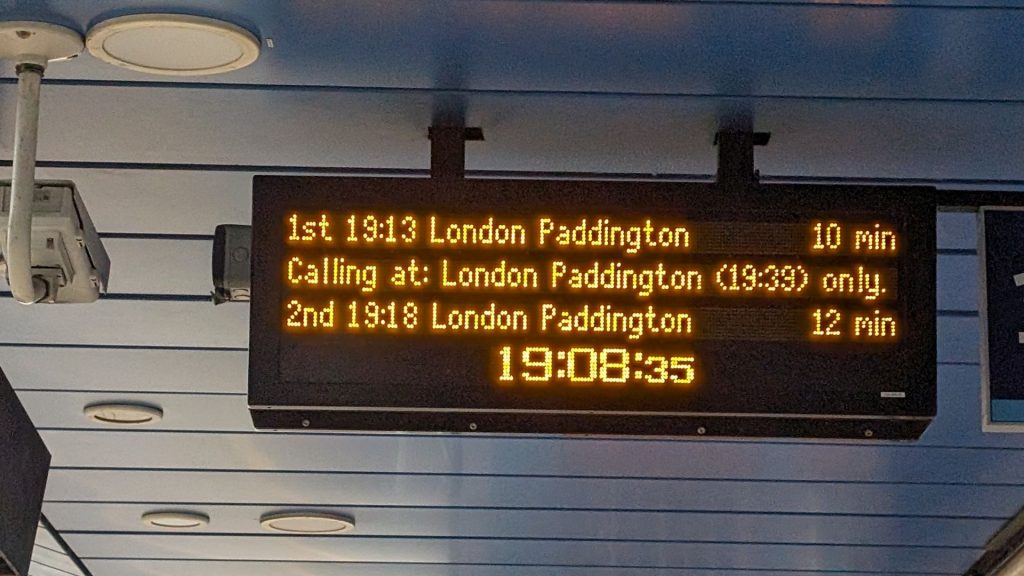
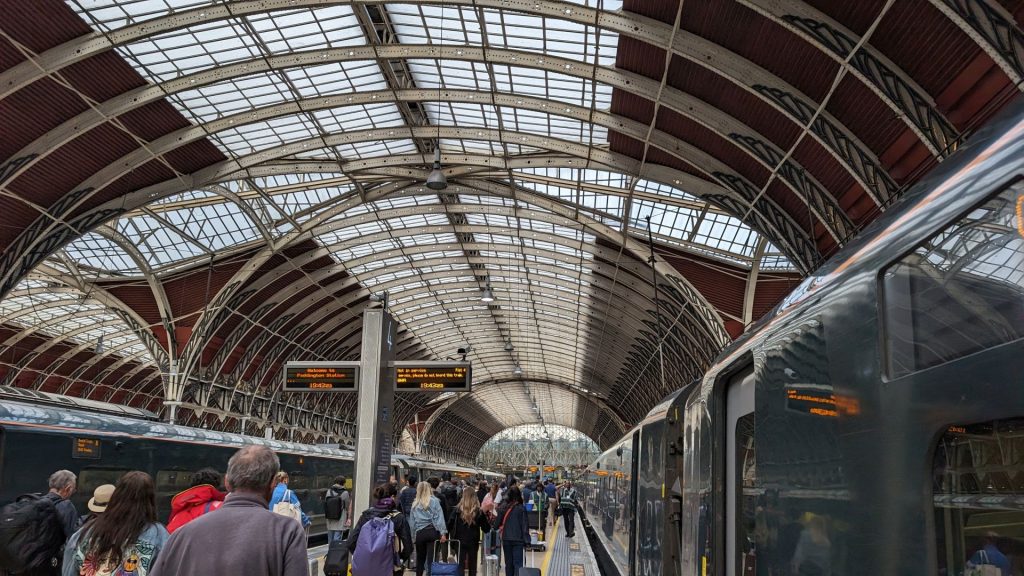
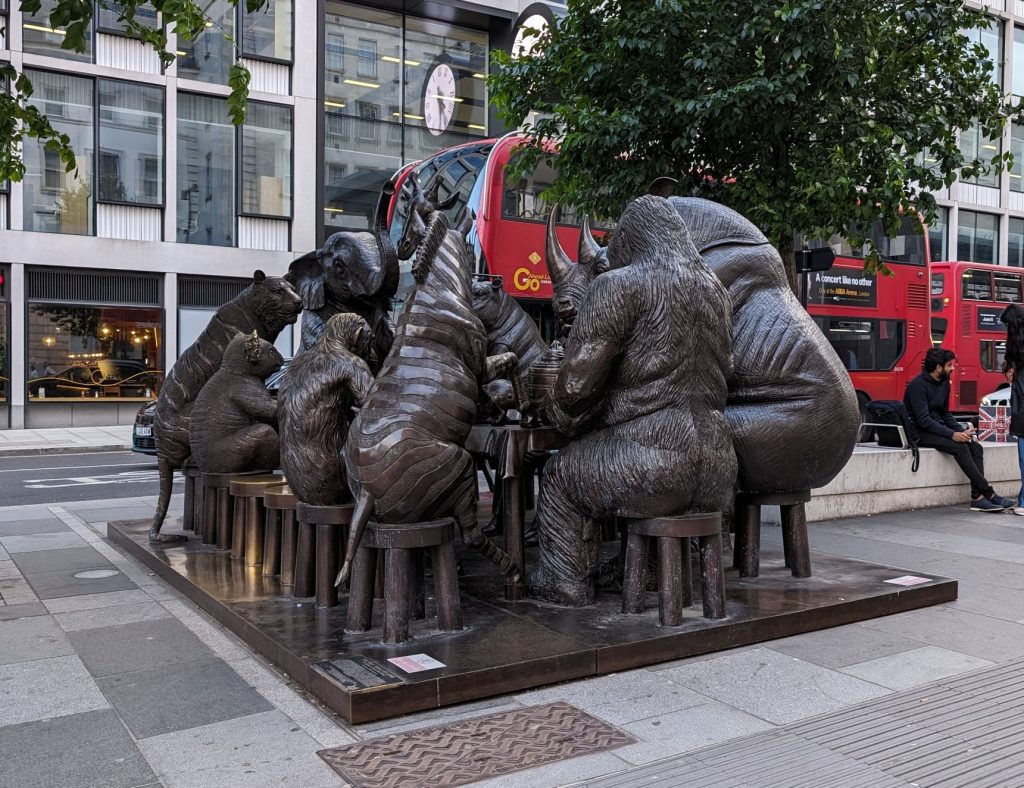
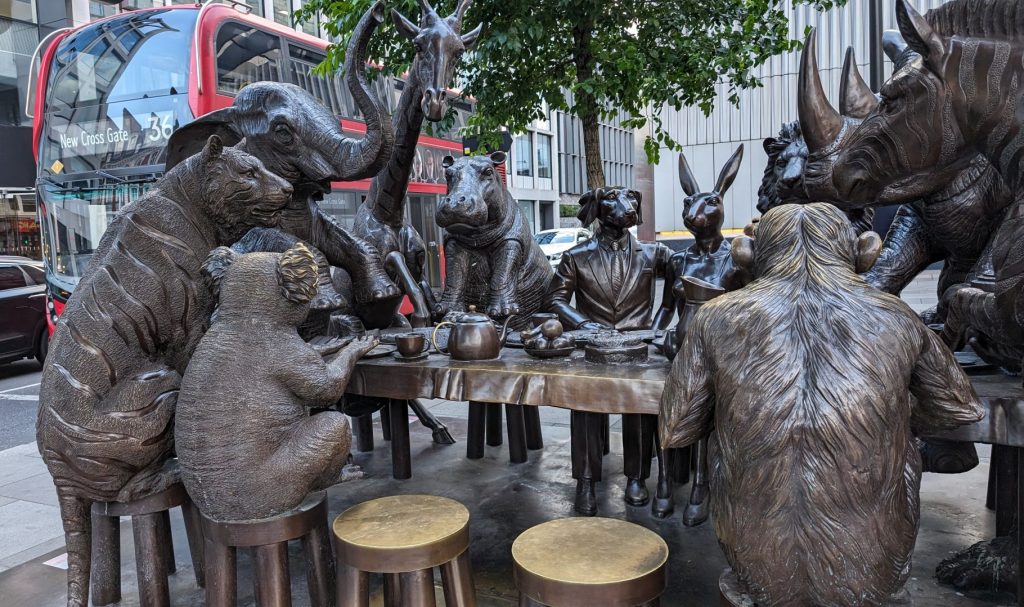
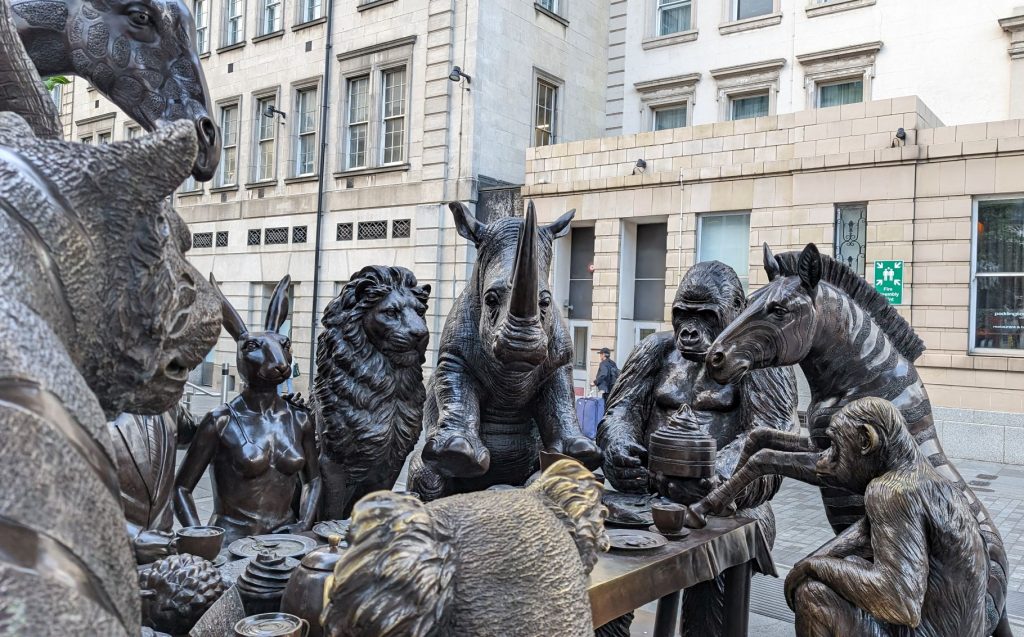
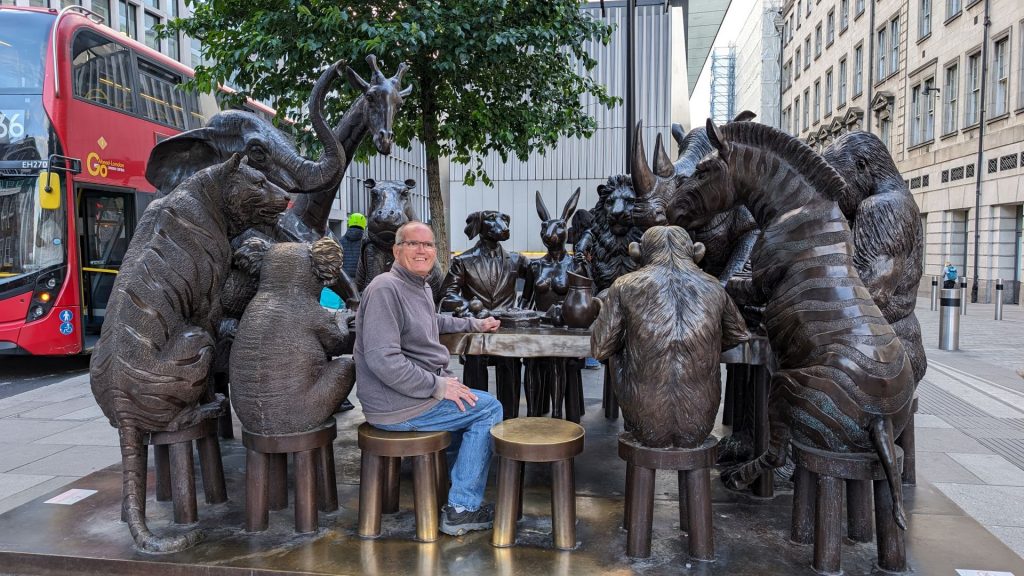
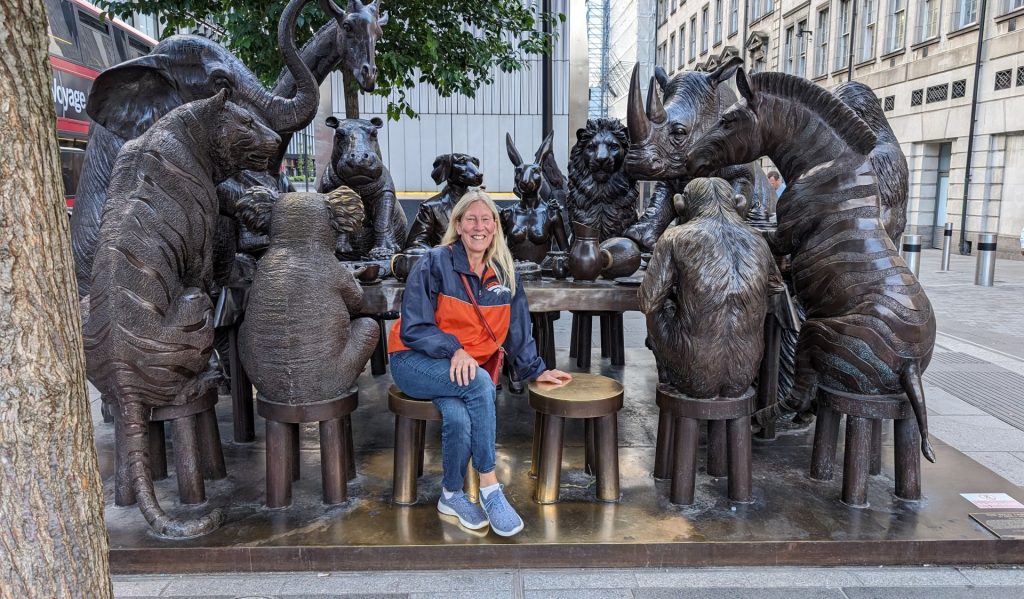
We took the Underground from our hotel to Westminster station. We saw Big Ben as we exited. Then we walked to Westminster Abbey and walked around the grounds.
I should provide a bit of context. We were just sightseeing for a short time at this point. We were going to take a boat trip down the Thames to Greenwich, which would provide a lot of good views, so we just took a cursory look around prior to heading to the pier.
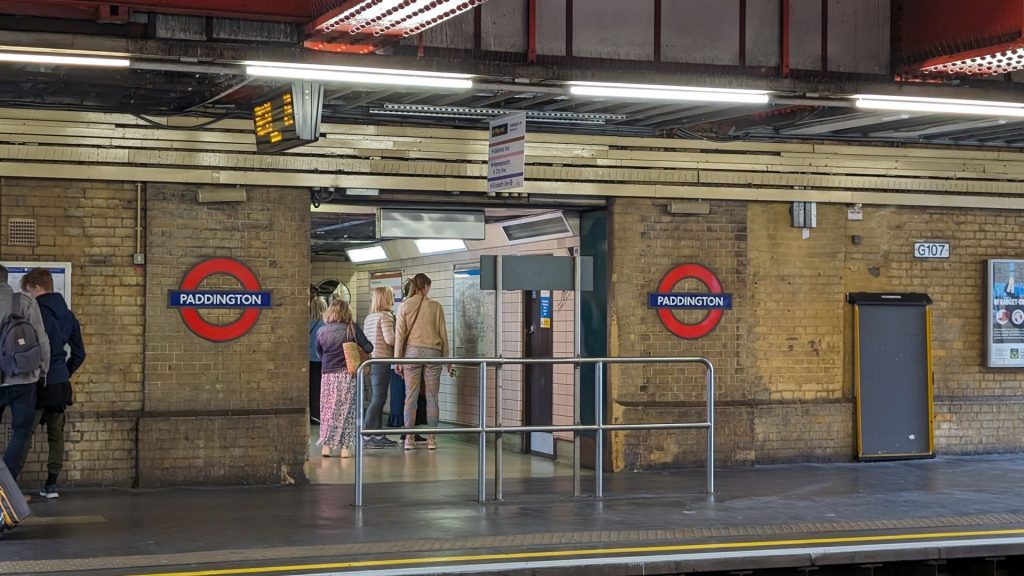
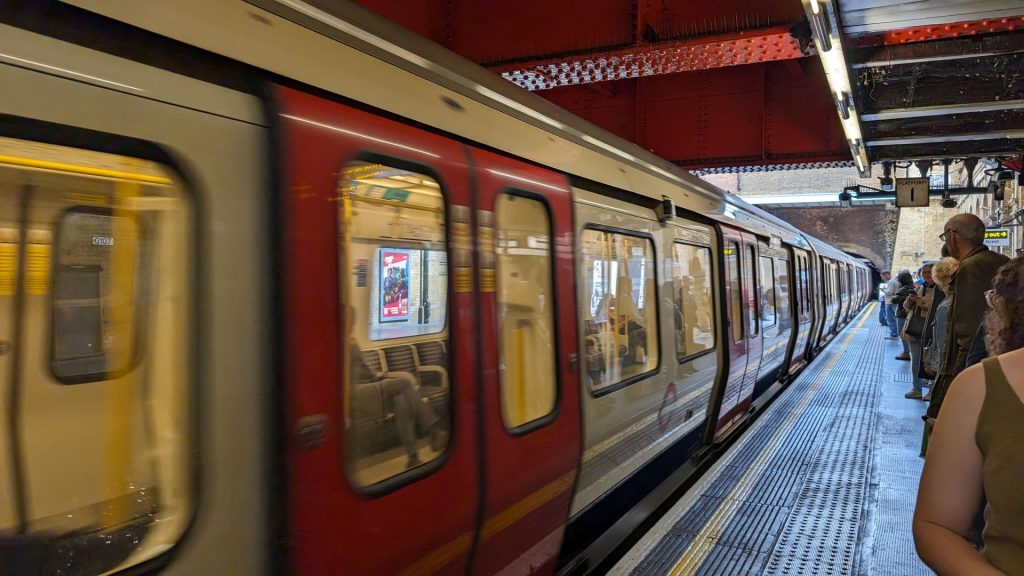
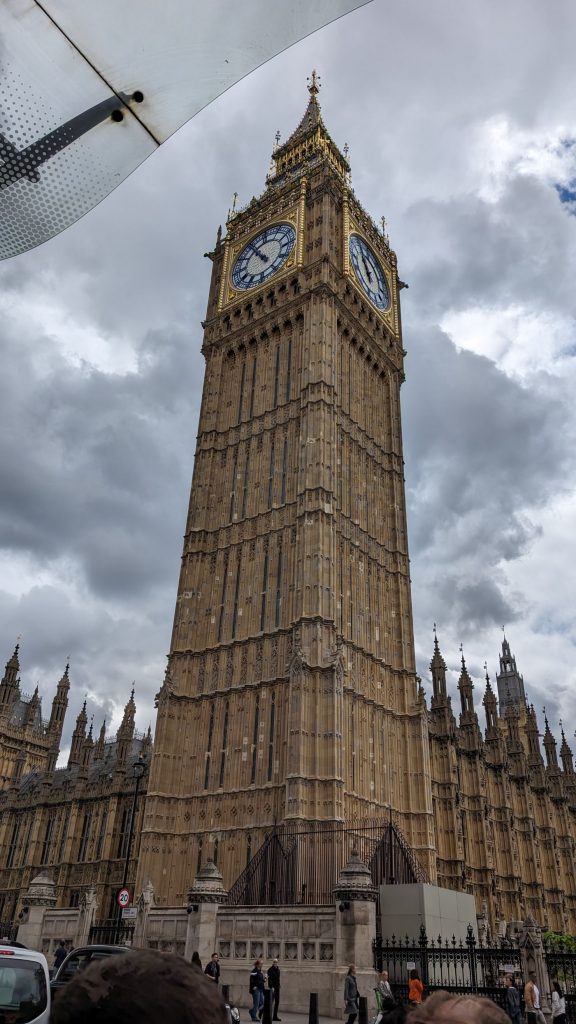
Here are some pictures of the Houses of Parliament, Westminster Abbey, the Thames, and the London Eye.
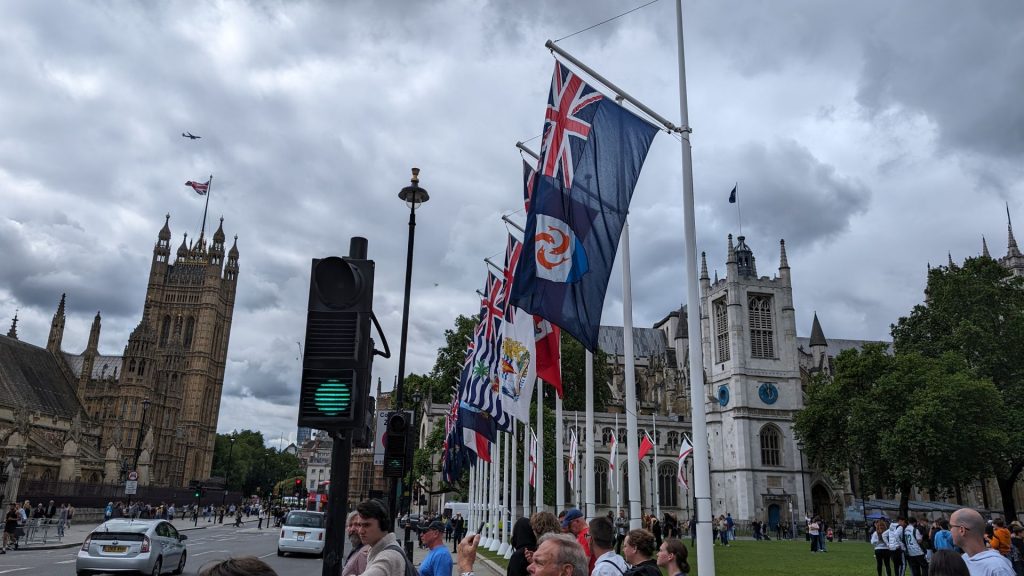
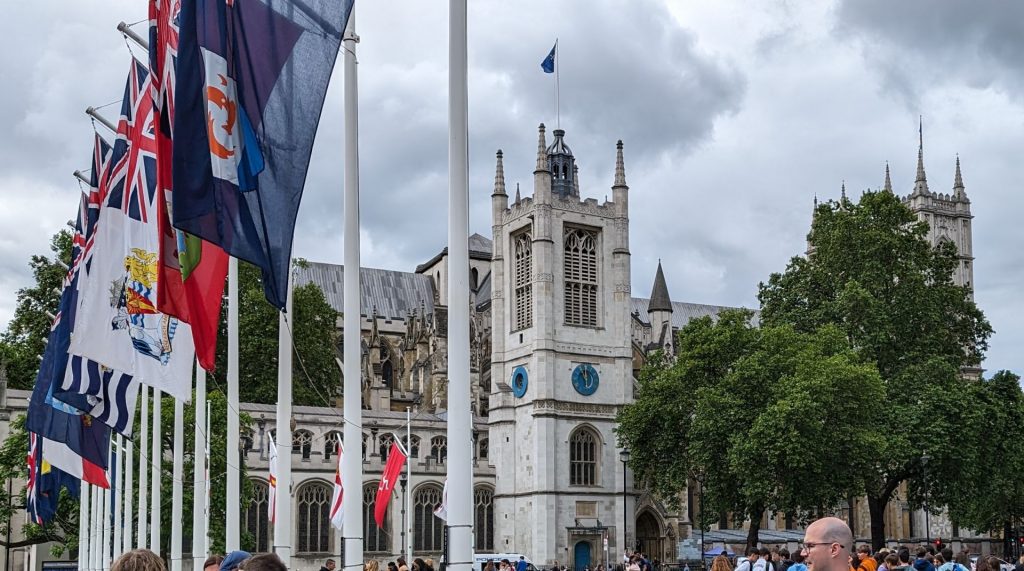
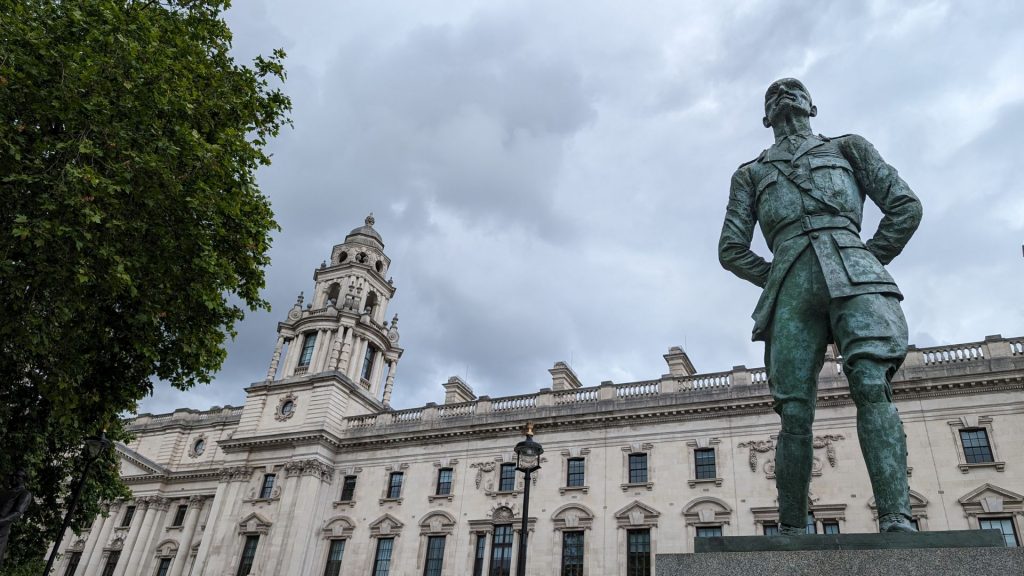
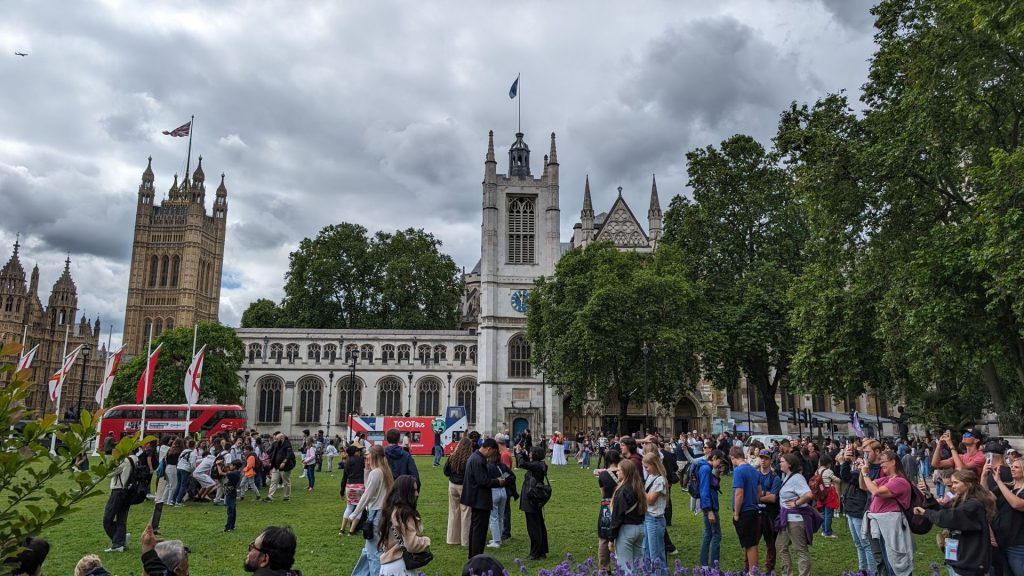
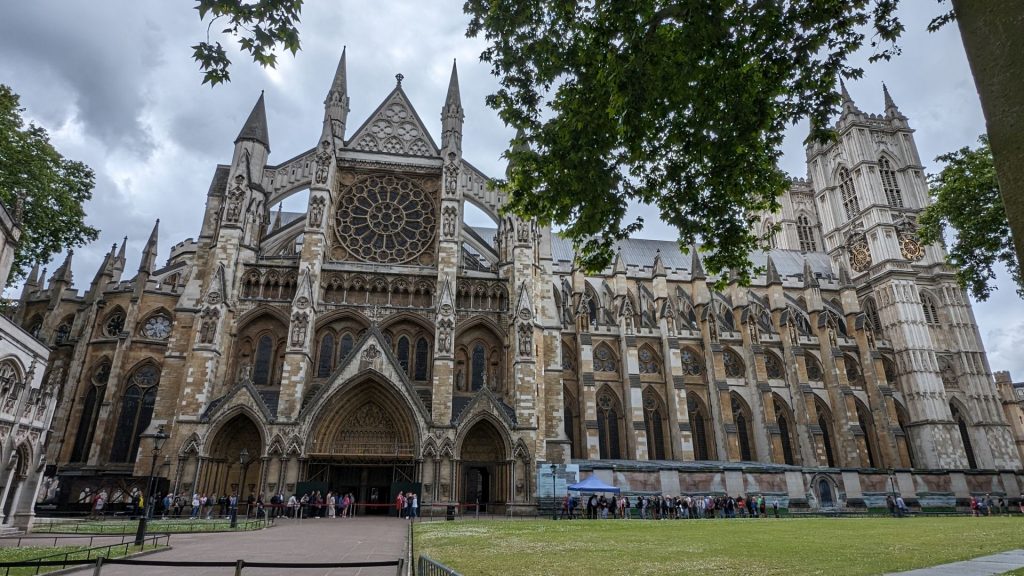
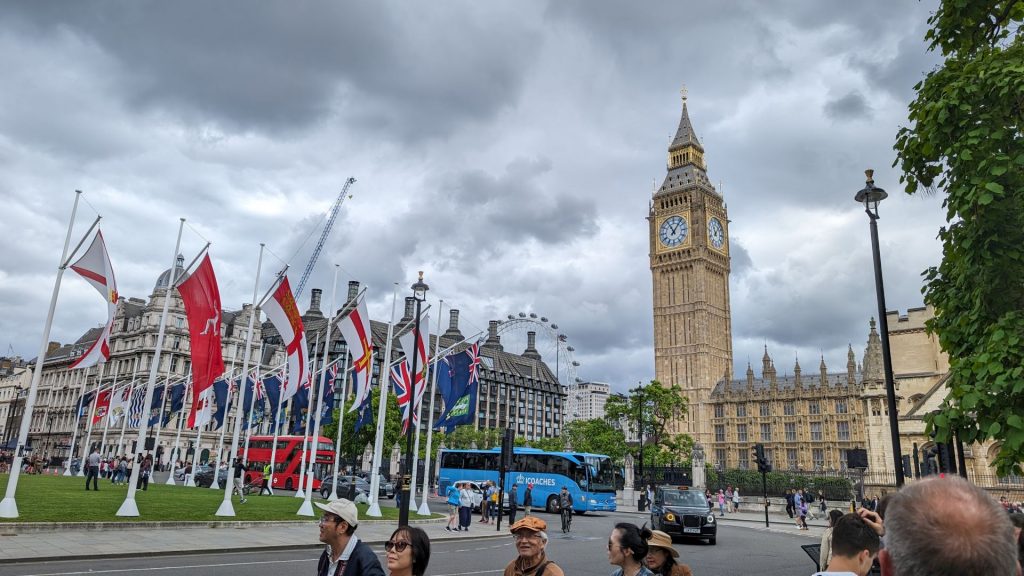
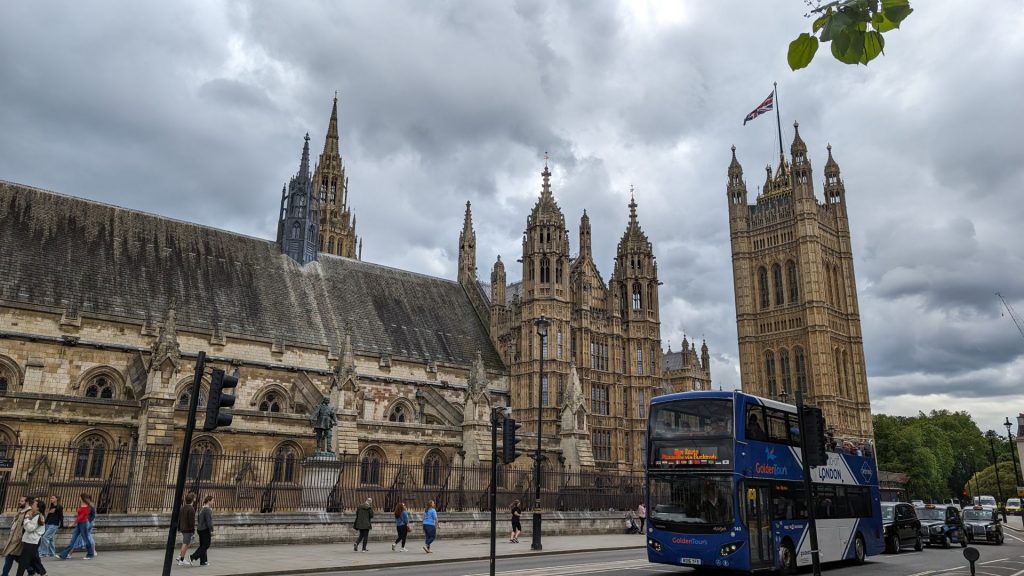
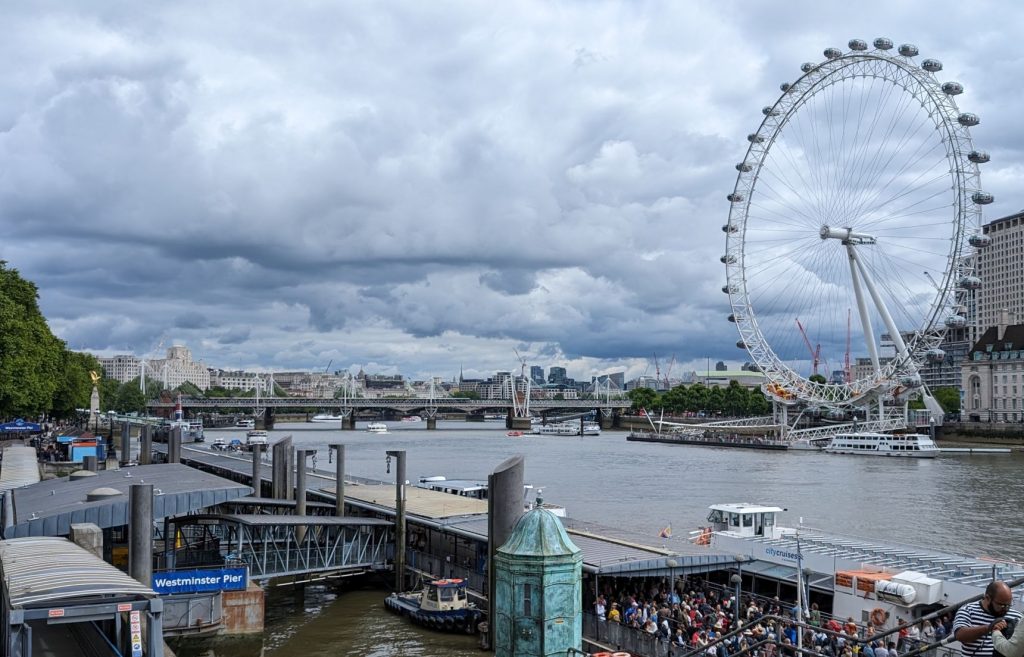
It was time to walk to the pier. We bought our tickets online when we got there and boarded the boat moments later. We used this company: Hор оn а bоаt сruіѕе frоm Wеѕtmіnѕtеr tо Grееnwісh. We just went one way because there were other things we wanted to see near Greenwich. We recommend this tour company. A member of the boat crew also serves as the announcer and he shared a lot of interesting history and fun facts along the way!
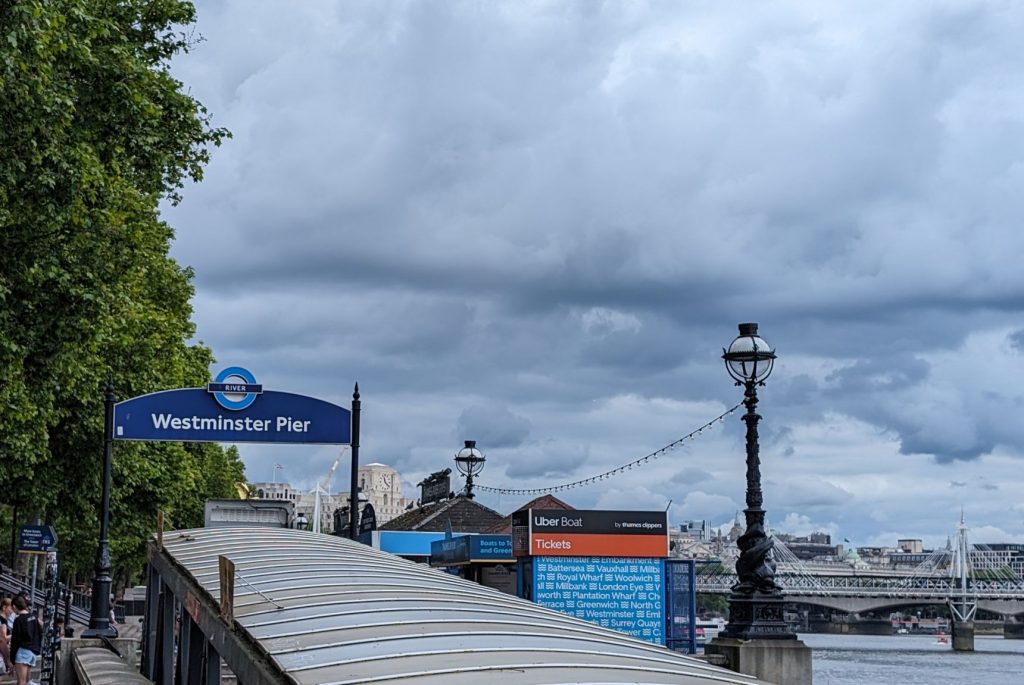
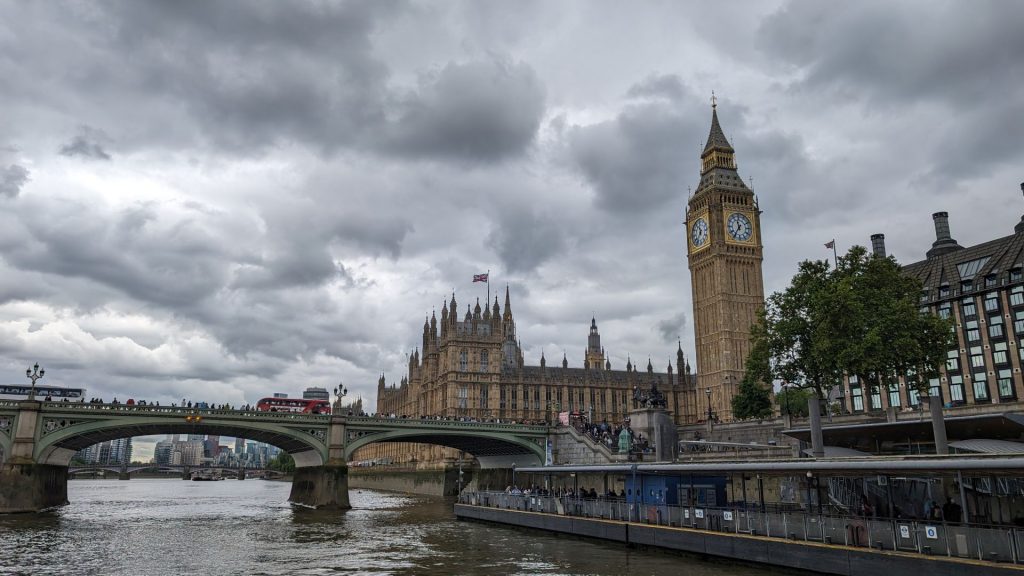
Here is a closeup of the London Eye. It was built in 1999. The pods are quite large. It takes 35 minutes for it to make one rotation, giving the visitor ample time to see London.
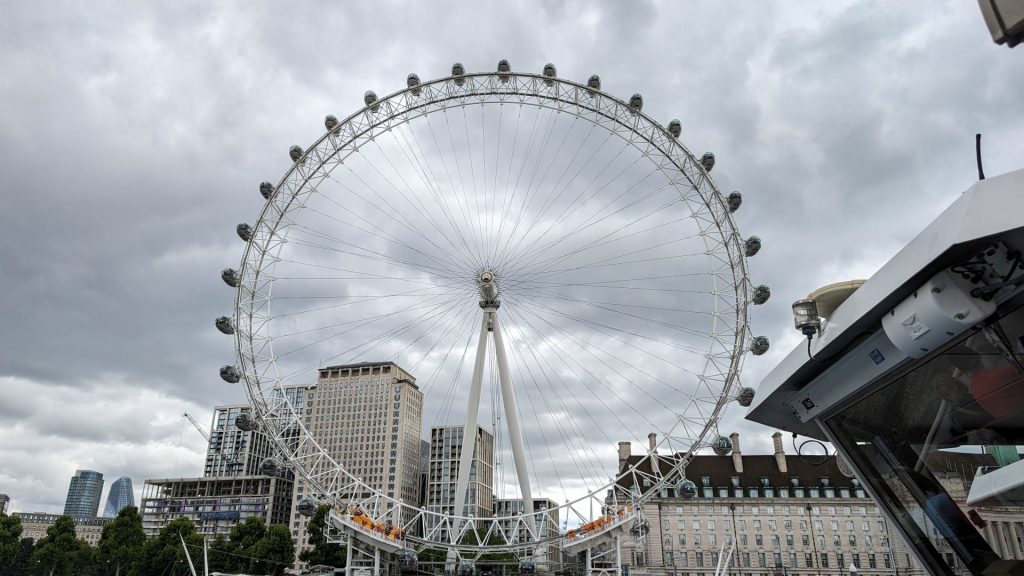
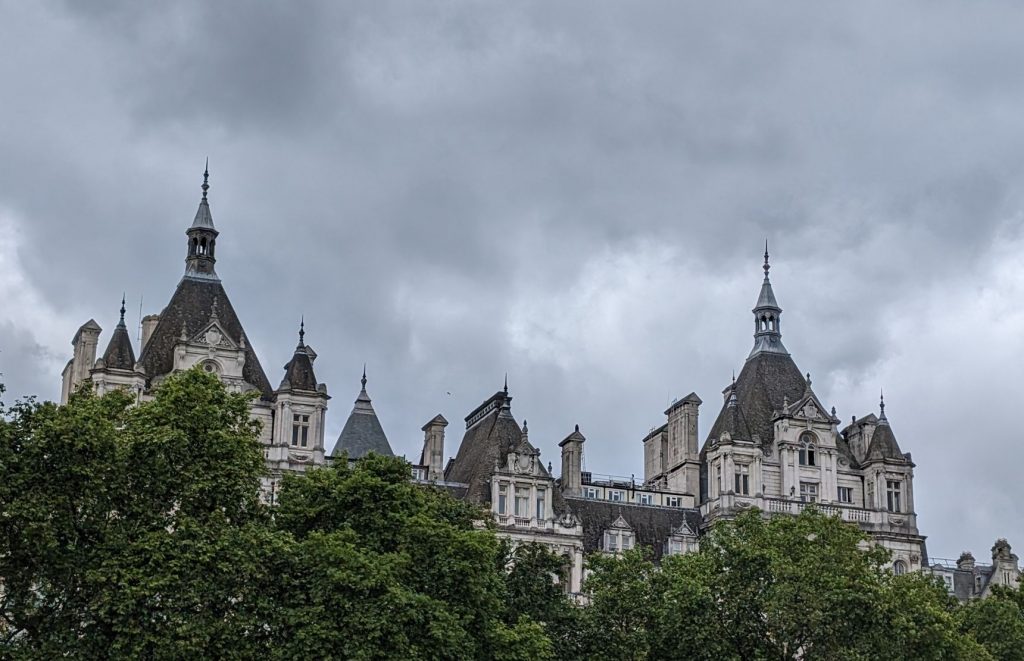
There are quite a few interesting bridges crossing the Thames, but the one on the right pictured below -Waterloo Bridge – is one of my new favorites. It is very plain, so what’s so special about it? Well, it is the only bridge built by the women of London. (Too many men were at war at the time.) It is the only bridge in London to be built on time and under budget. Go women!
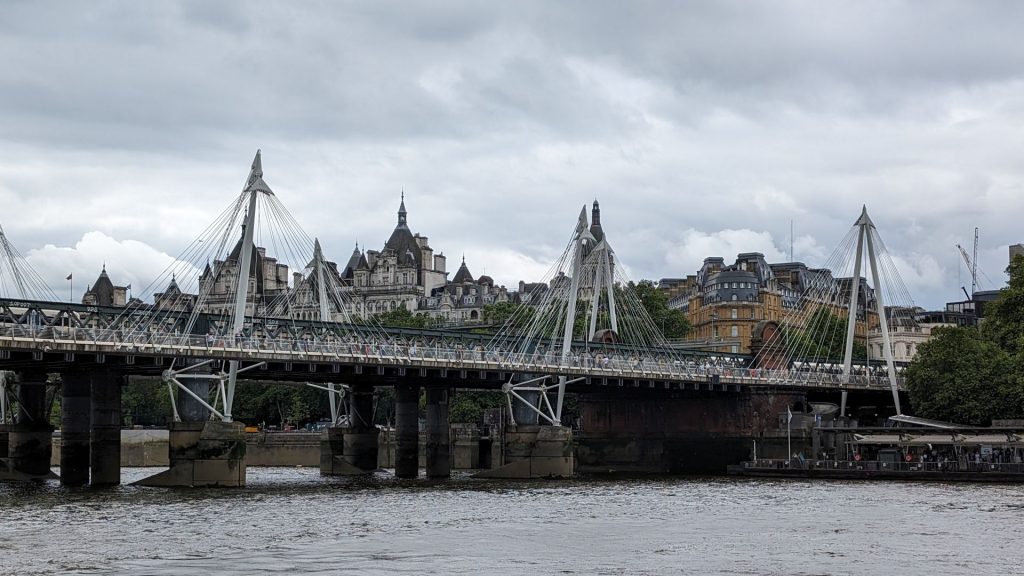
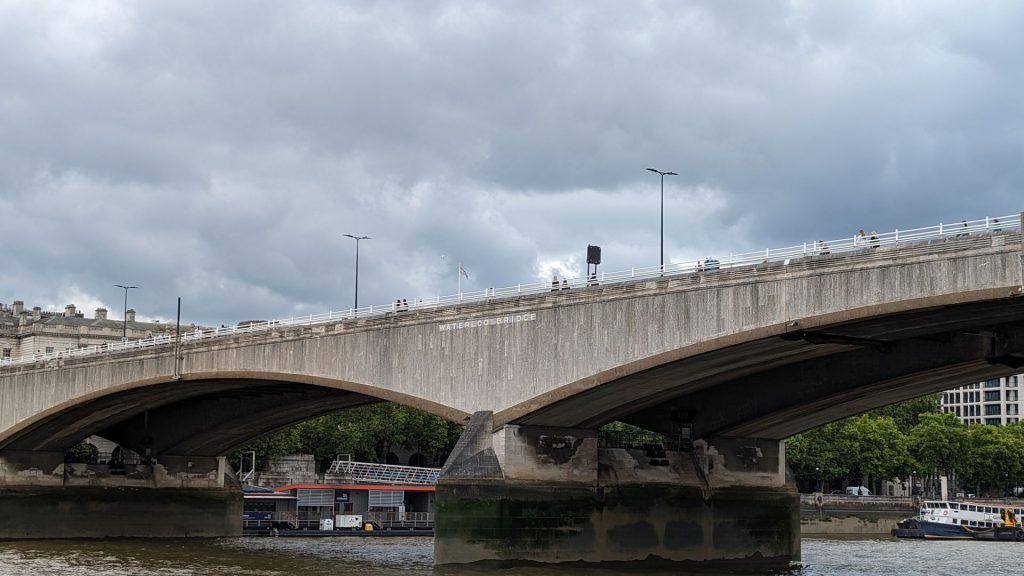
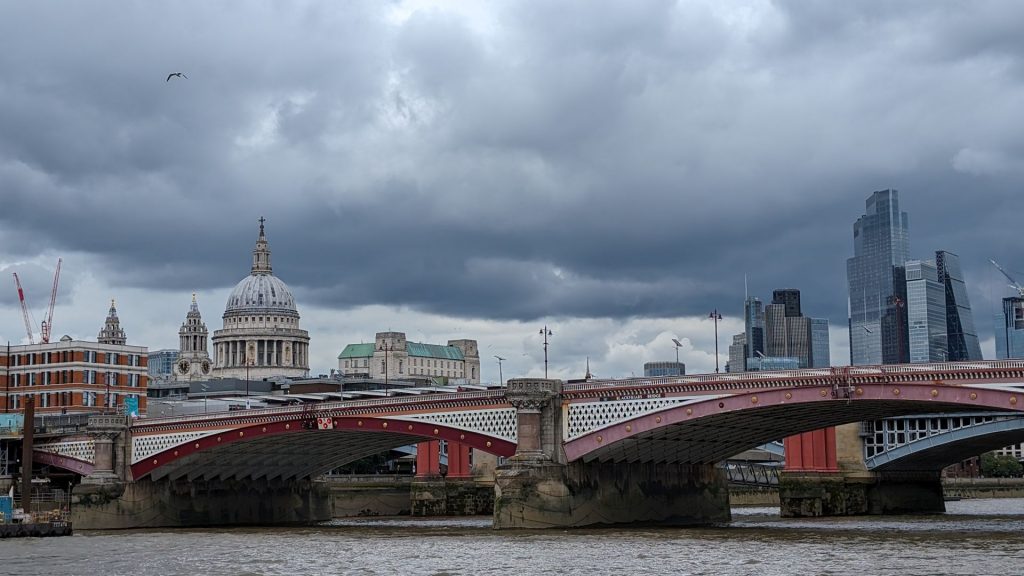
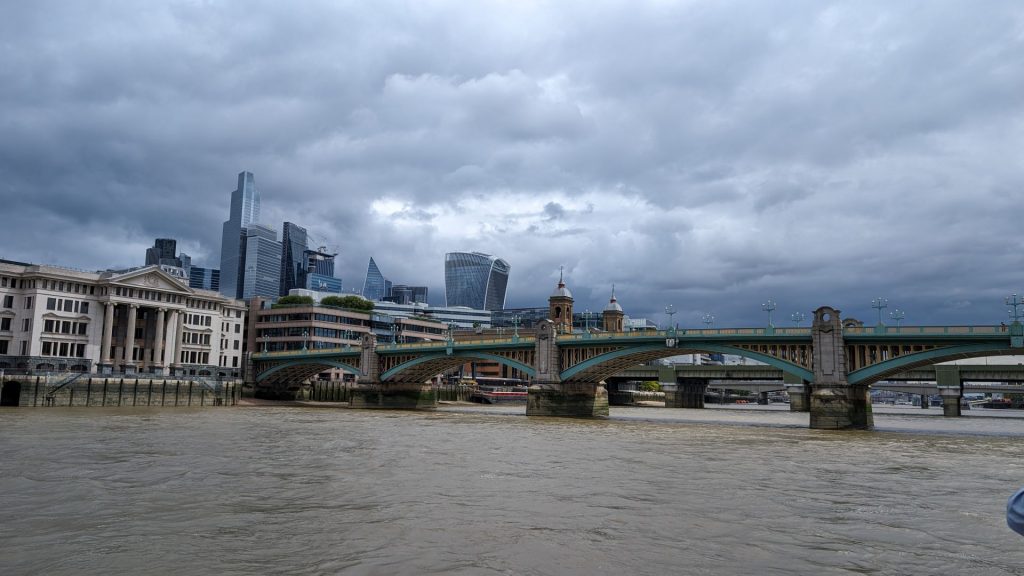
The picture below shows a bridge that replaced a previous bridge. I don’t recall why, but they left the pilings from the previous bridge in place. They will remain in perpetuity, I think!
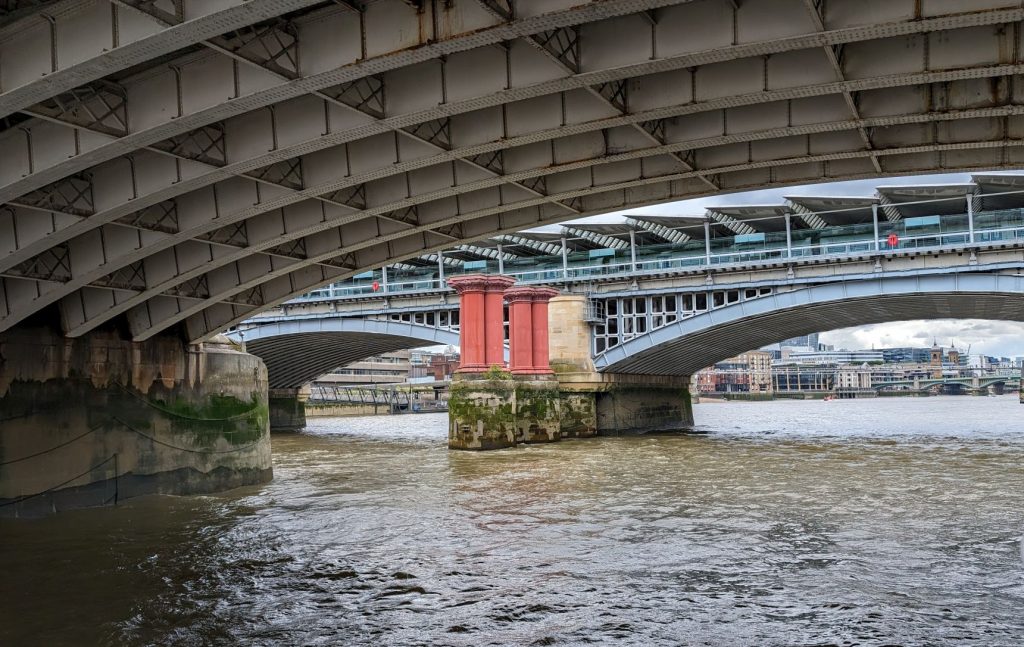
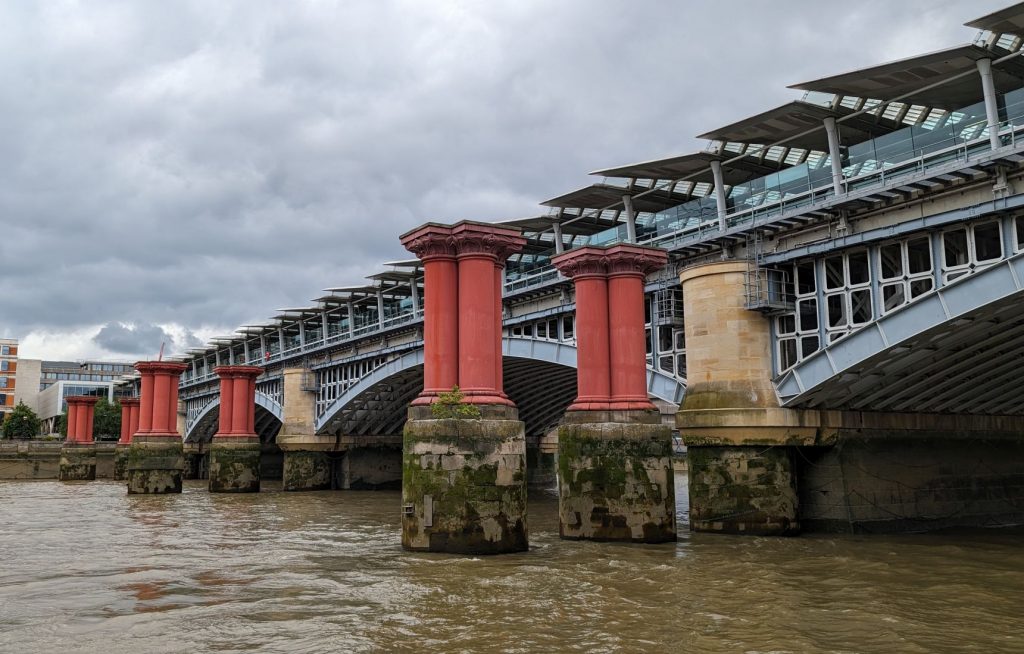
Here is a fun fact I learned about London Bridge (pictured below):
There is a London Bridge in Lake Havasu City, Arizona. It is connected to the original London Bridge in London, England through the purchase and transportation of the original bridge’s exterior granite blocks in 1968. The bridge was originally built in London in 1831 to replace a 12th century bridge and carried traffic until the 1960s. In the early 1960s, English officials discovered that the bridge was falling down and a city councilor proposed selling it. In 1968, American businessman Robert P. McCulloch purchased the bridge for $2.46 million, which is equivalent to $22.26 million today (July 20, 2024) when adjusted for inflation. McCulloch, the founder of Lake Havasu City, saw the bridge as an opportunity to attract visitors and residents to the area and boost interest in the town.
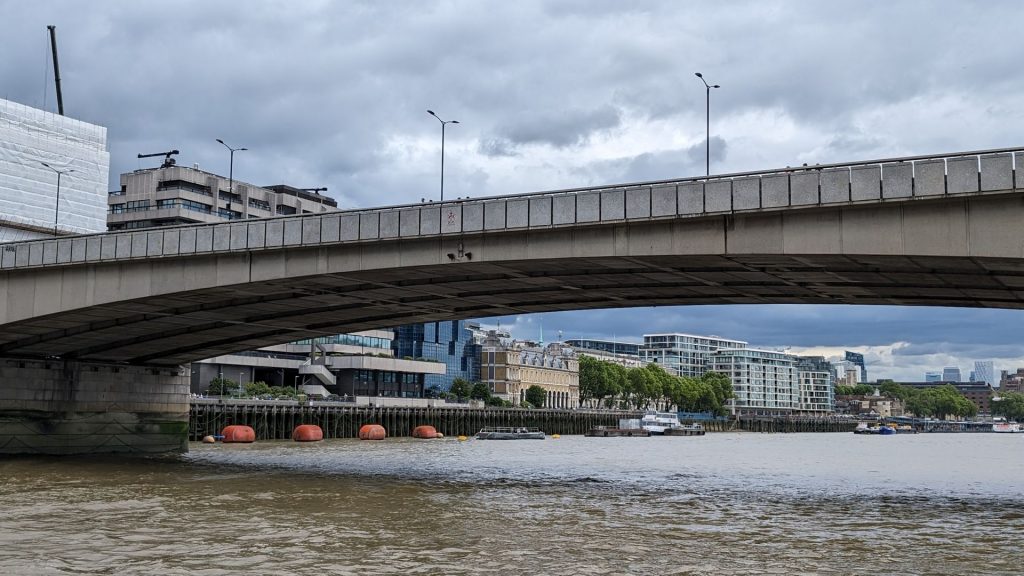
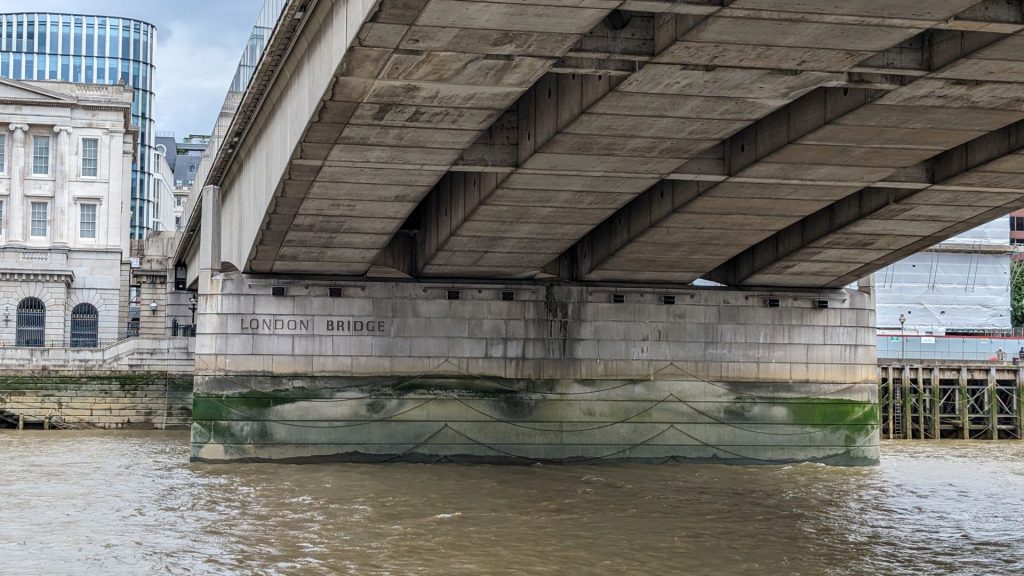
Oxo Tower Wharf (pictured on the left-hand side below) is an award-winning building situated on the South Bank of the River Thames. The company made the famous OXO beef cube and the buildings’ architect, Albert Moore, incorporated the product design as windows on a tower to get around a ban on skyline advertising.
London’s skyline has changed quite a bit since my visit over 35 years ago!
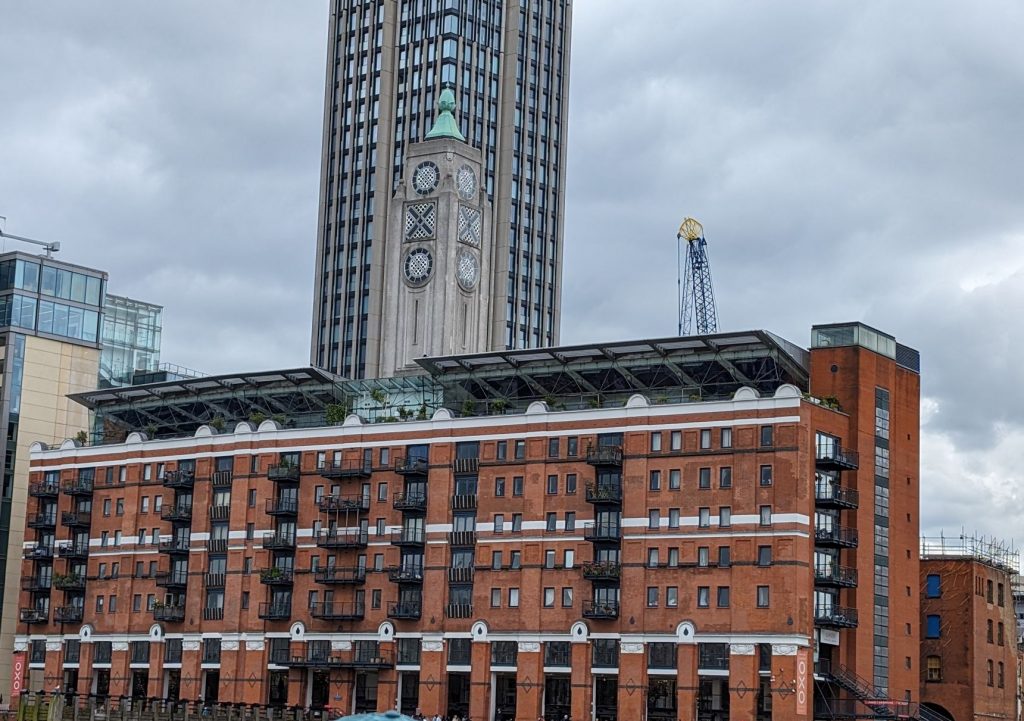
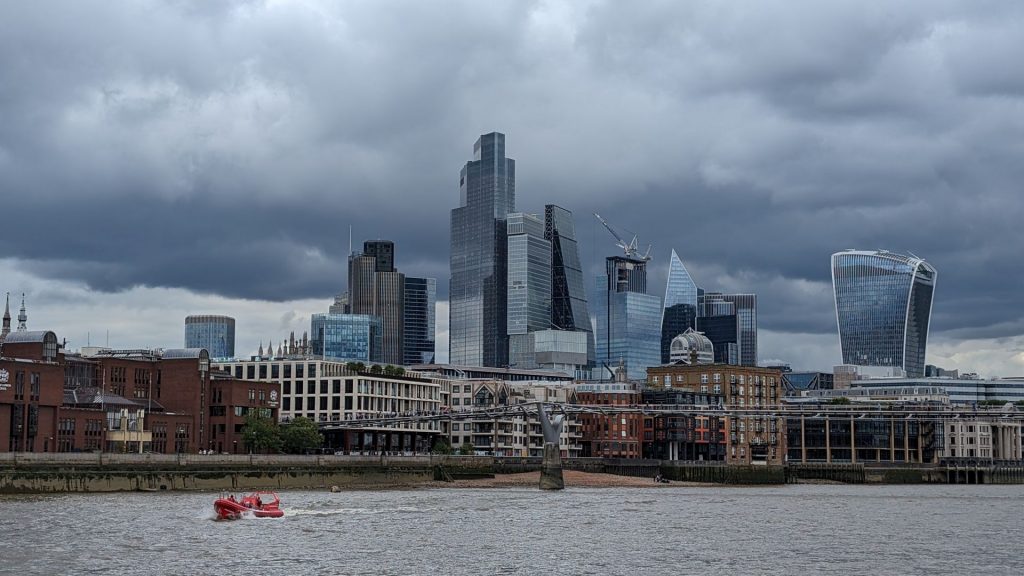
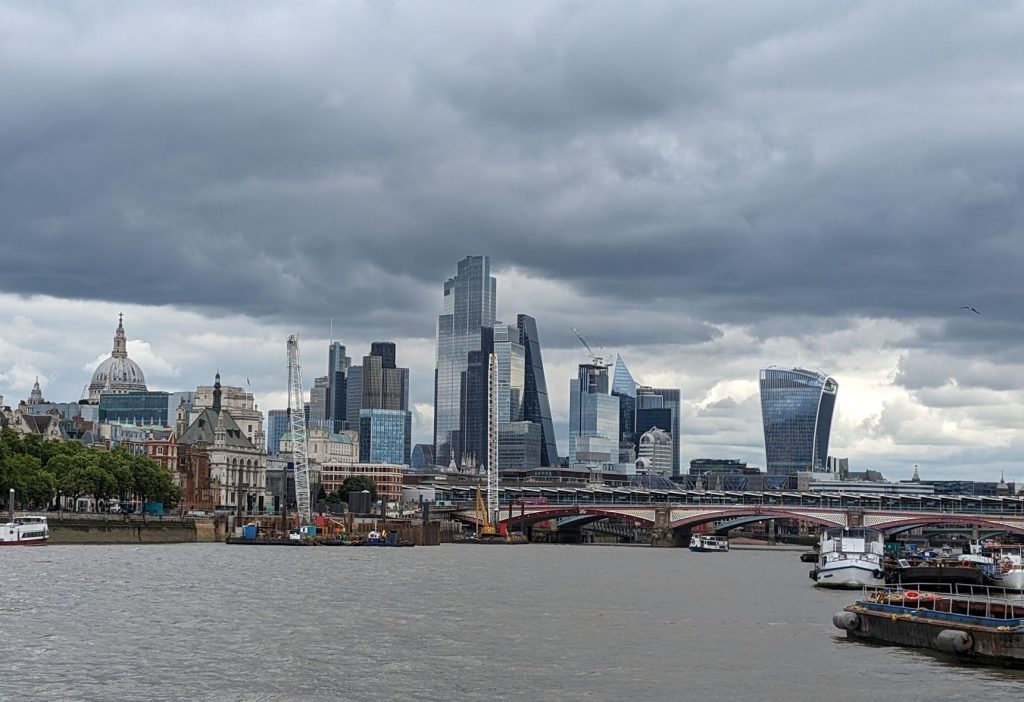
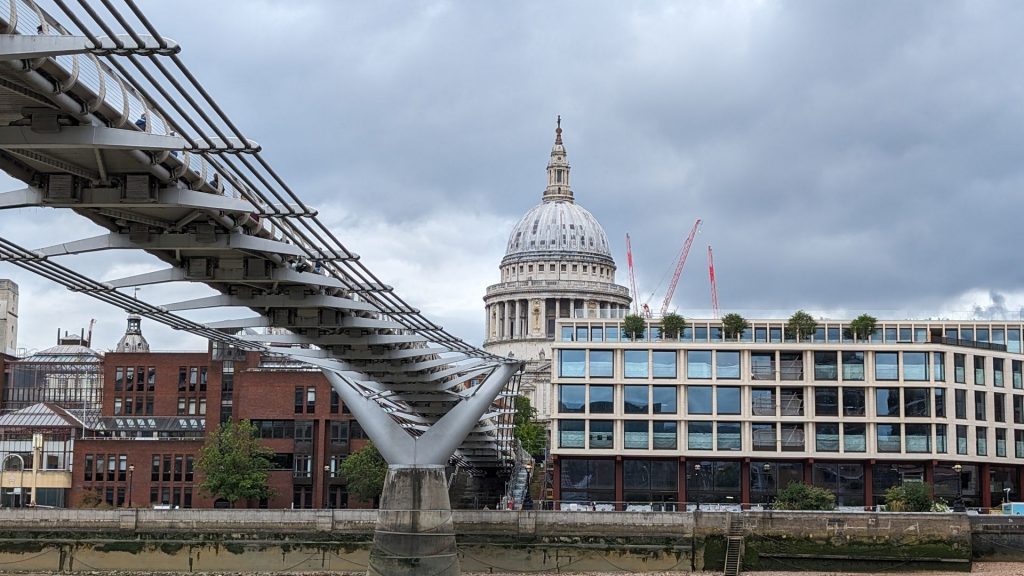
Pictured below on the right-hand side is a glance at a part of the Tate Modern. (Ha, I didn’t take the picture in time to get a good one!) Tate Modern is the jewel in the crown of modern art galleries in London. It holds the nation’s collection of modern art from 1900 to the present day. With 5.7 million visitors it is in the top ten most visited museums and galleries in the world. The collection holds masterpieces of international and British modern art.
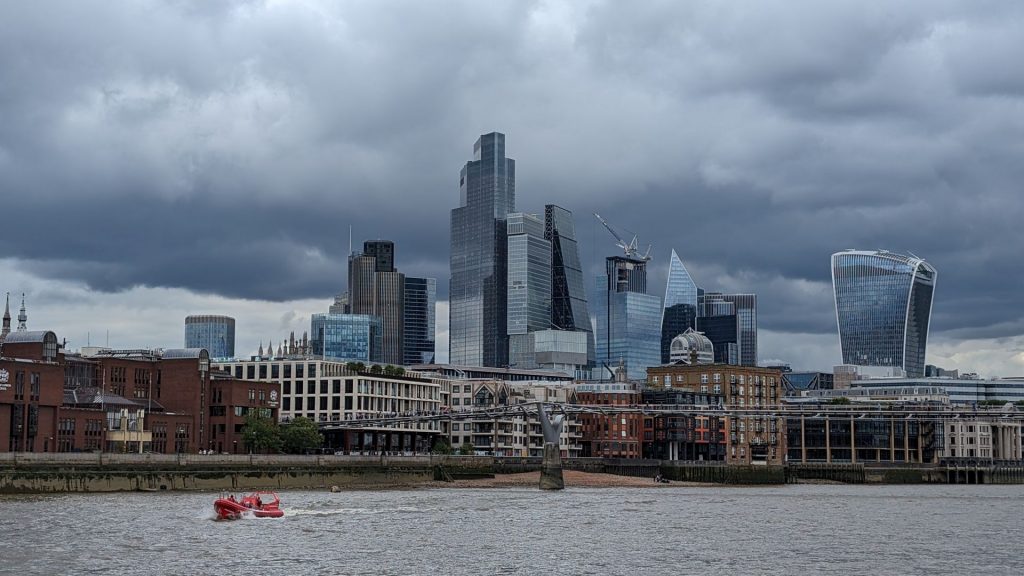
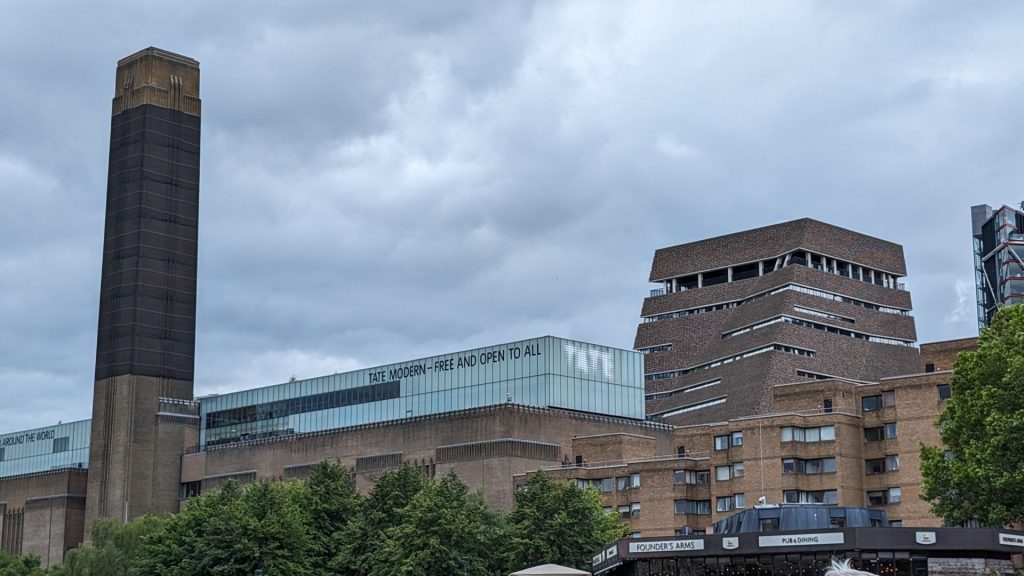
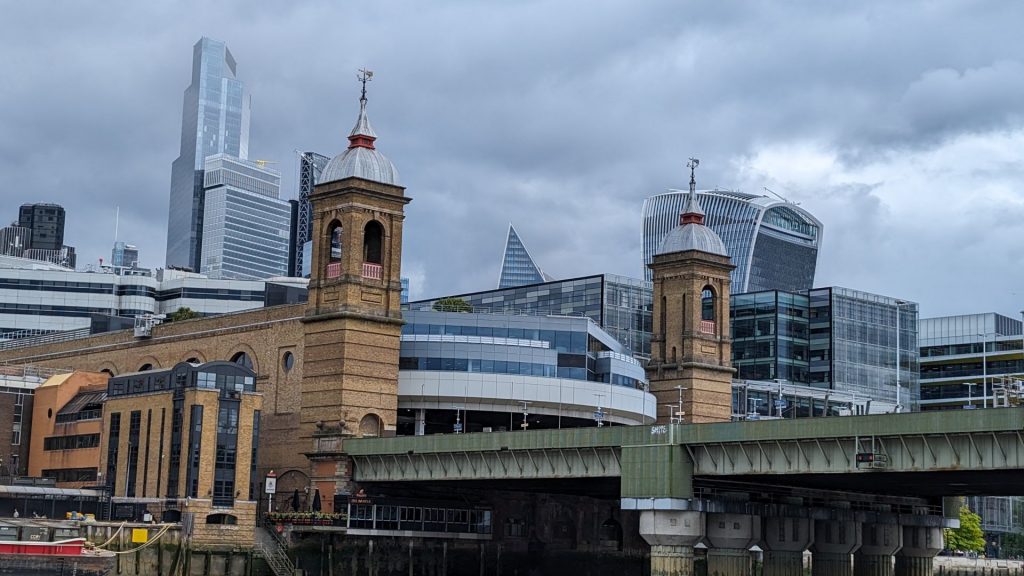
The Shard (pictured below) is an iconic building that represents an approach to expanding the urban landscape. Offices, residences, and public spaces alike are all taken skyward. It is located at one of London’s most important transport hubs, demonstrating that you can provide life in a city without increasing traffic – by using public transportation.
The Shard’s construction began in March 2009; it was topped out on March 30, 2012 and inaugurated on July 5, 2012. Practical completion was achieved in November 2012. Its privately operated observation deck, The View from The Shard, was opened to the public on 1 February 2013.
If you want to learn more about this building, including some very fun facts, check out their website: https://www.the-shard.com/about/
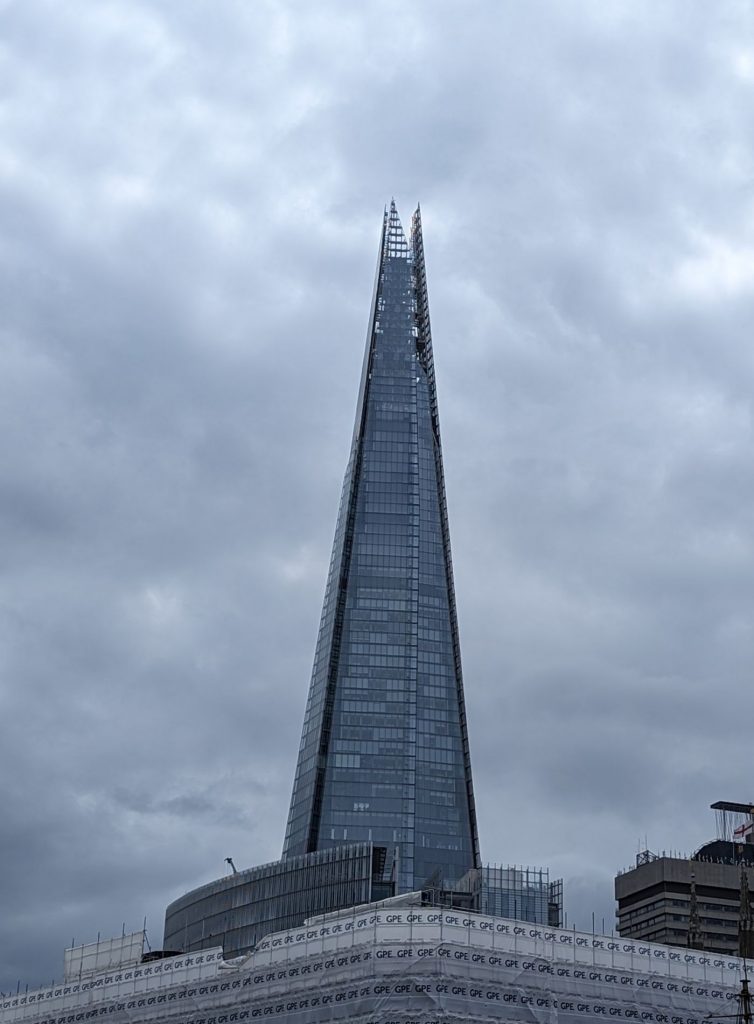
As we make our way down the Thames, we see the Tower of London and Tower Bridge.
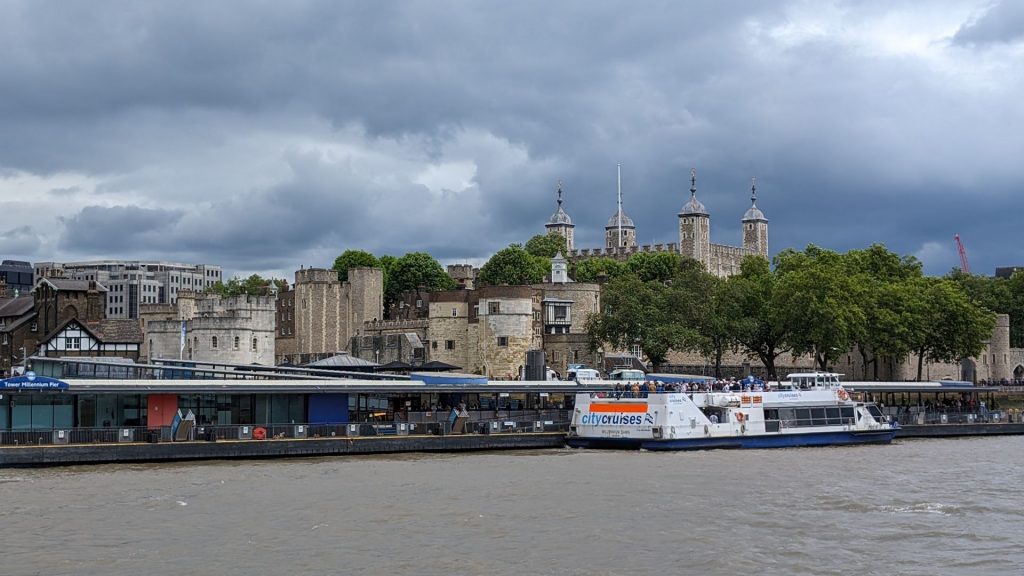
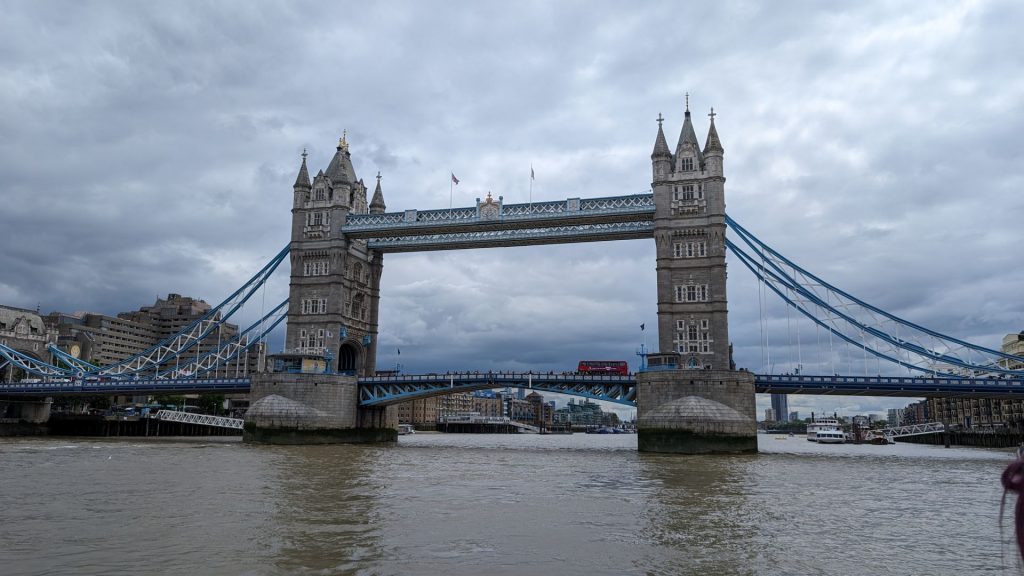
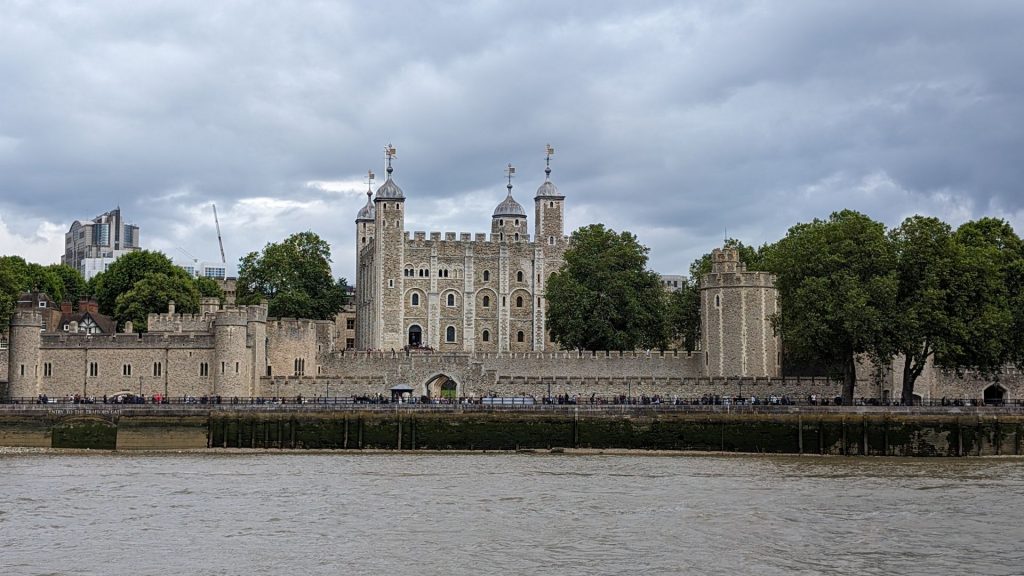
The picture shown below is of the site of the execution dock.
From https://www.historic-uk.com/HistoryMagazine/DestinationsUK/Execution-Dock/
“At one time the world’s largest port, it is hardly surprising that London has a rather prolific connection with piracy! Unfortunately for the pirates, all those years of fighting, drinking, debauchery, crime and plundering began to ebb away when during the 15th century the Admiralty decided to bring in Execution Dock.
The story goes something like this…
When someone was charged with piracy they would be held in Marshalsea Prison in Southwark until their court hearing at the Admiralty courts. Those that were found guilty and sentenced to death would then be paraded from the prison over London Bridge, past the Tower of London and towards Wapping where Execution Dock was located.
The procession itself was led by the Admiralty Marshal (or one of his deputies) who would be carrying a silver oar, an item representing the authority of the Admiralty. According to reports of the time, the streets were often lined with spectators and the river was packed full of boats, all keen to see the execution take place. . . .
Perhaps rather fittingly, there was one pub (The Turks Head Inn, now a café) that was permitted to serve the last quart of ale to condemned pirates on their final journey from the prison to the docks. . . .
Perhaps the most famous pirate to be tarred and hung in a cage was Captain Kidd (see image on the right), the inspiration for Treasure Island.”
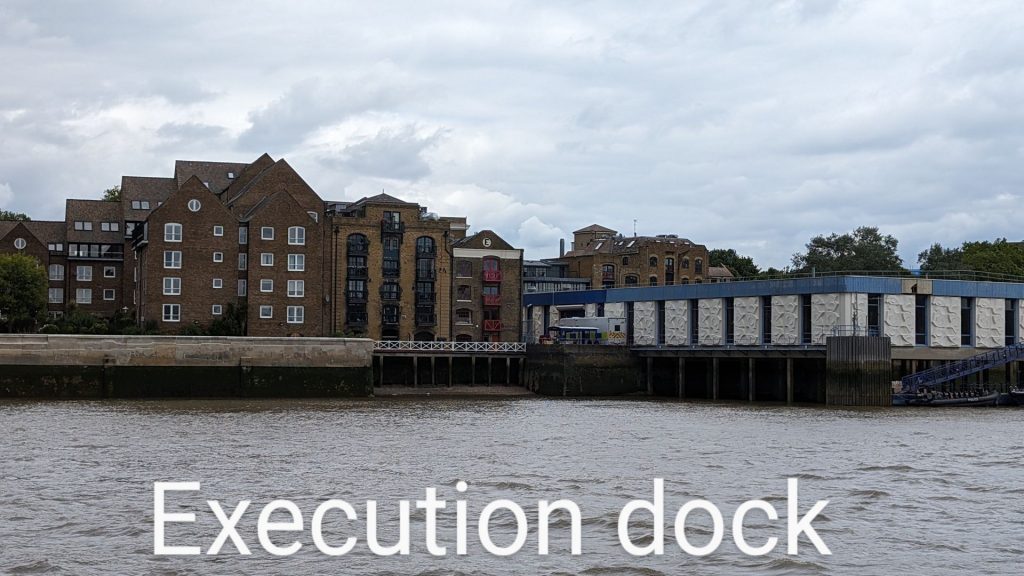
This isn’t the pub where the pirates got their last ale, but it is the oldest pub (in London, I think). After seeing this, we then continued down the Thames until we arrived at Greenwich Pier.
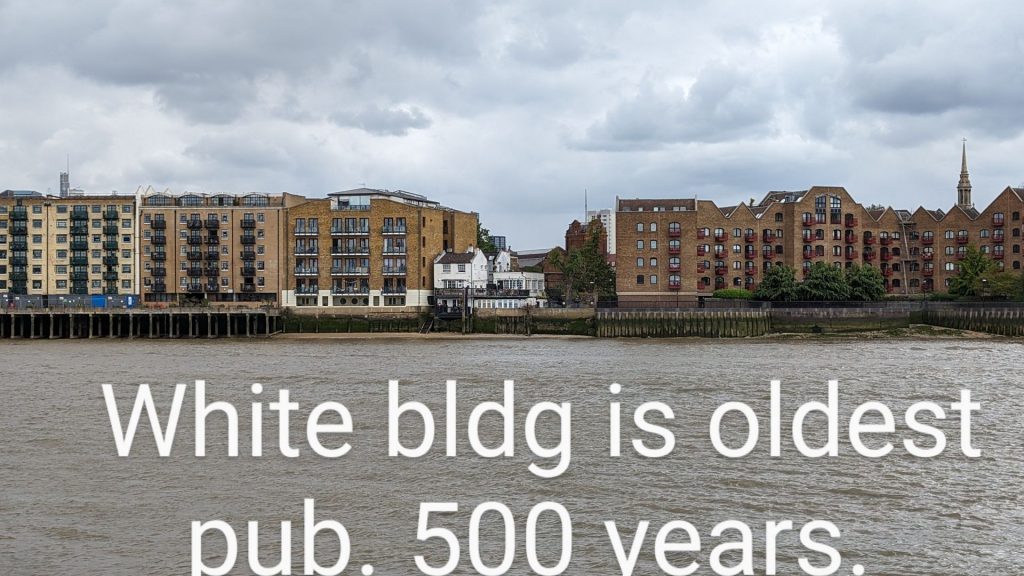
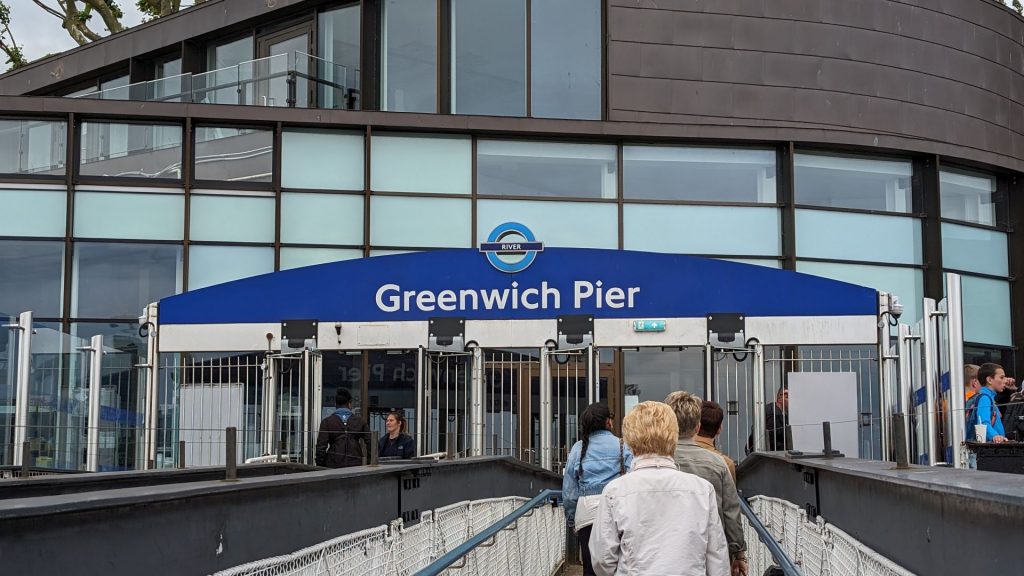
Our main objective in Greenwich was to visit the Cutty Sark. Cutty Sark represents the pinnacle of clipper ship design and was one of the fastest ships of its day. Aged 14 years, Cutty Sark started recording remarkably fast passage times, under her Master Richard Woodget, and became the dominant ship in bringing wool from Australia to England. Cutty Sark was built in Dumbarton, Scotland in 1869.
Cutty Sark has a long and interesting history. I won’t go into it here. Here are a few paragraphs from https://www.rmg.co.uk/cutty-sark/history:
“Why was Cutty Sark built?
Cutty Sark was built exclusively for the China tea trade. Tea had been enjoyed in Asia for centuries, but it did not reach Britain until the 1650s.
Initially hailed for its medicinal qualities, tea was mainly enjoyed by the wealthy. But thanks, in part, to an extensive smuggling network, its popularity exploded. Tea taxes were slashed to end the smuggling, and by the early 19th century working families were consuming it twice daily. It was also huge business, with over 28 million kilograms imported in 1869 alone.
A fashion developed among Victorians for consuming the first tea to be unloaded in London. This spurred the ‘great tea races’ and a spirit of intense competition: get home first and you could command huge prices. That’s why, as a clipper ship, Cutty Sark was designed to be fast.”
I recommend clicking on the link if you would like to know more about Cutty Sark.
We enjoyed touring her. I’ve rarely seen so many lines on a boat!
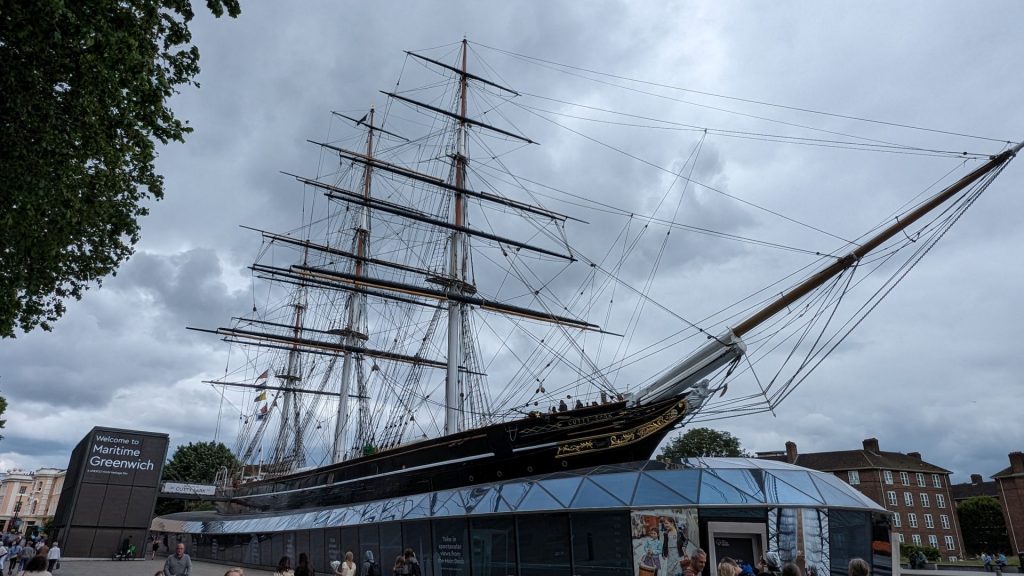
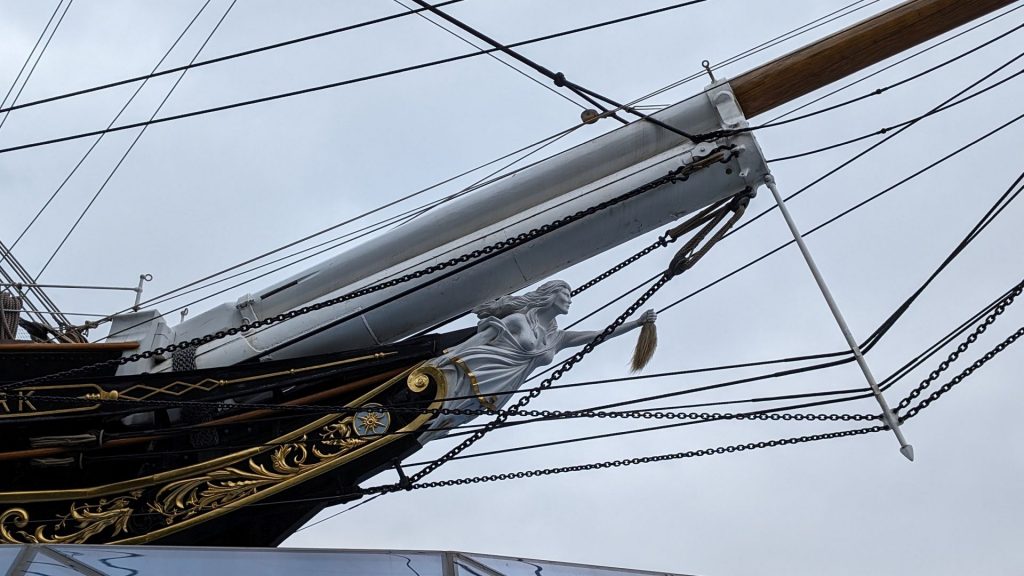
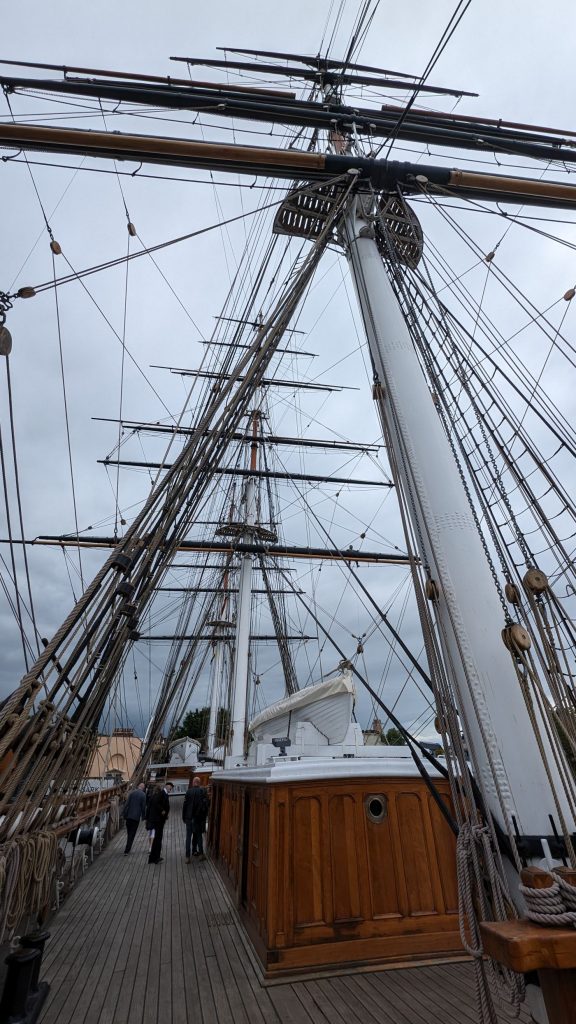
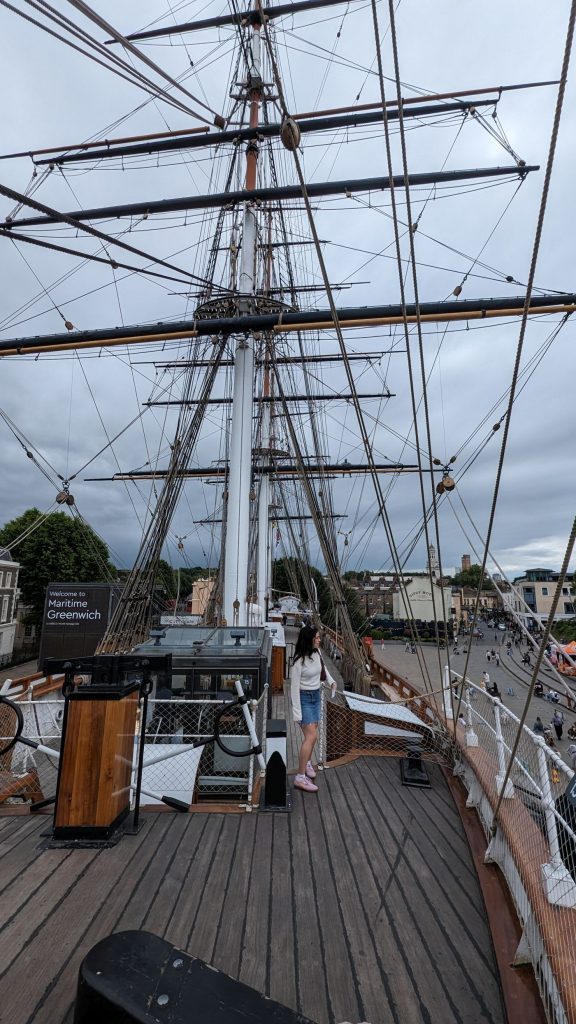
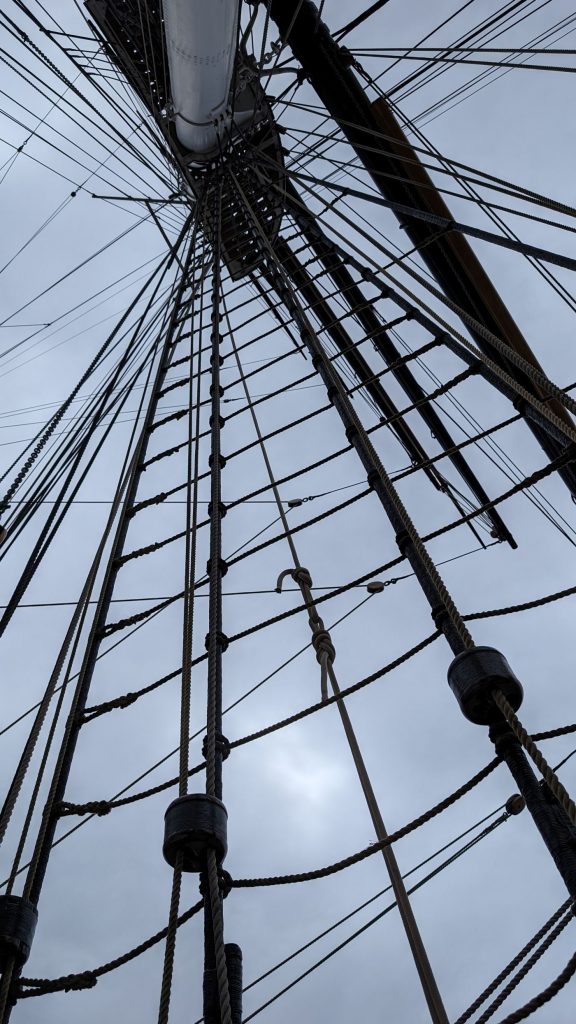
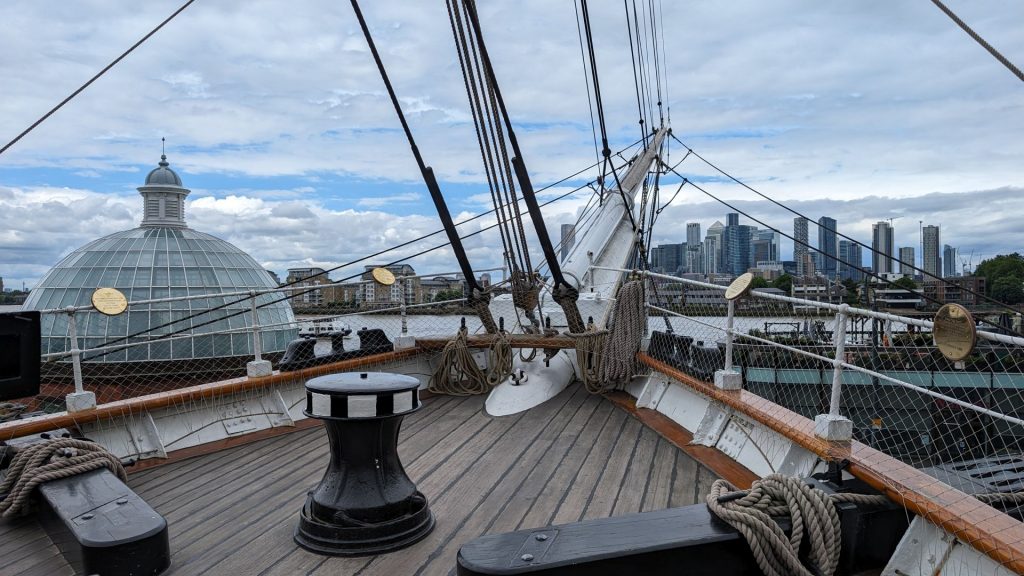
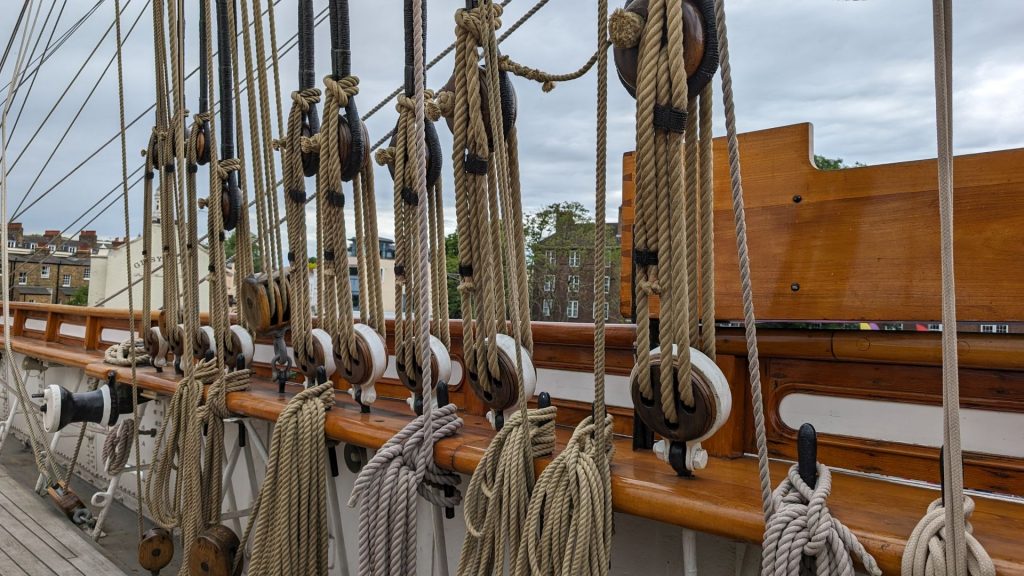
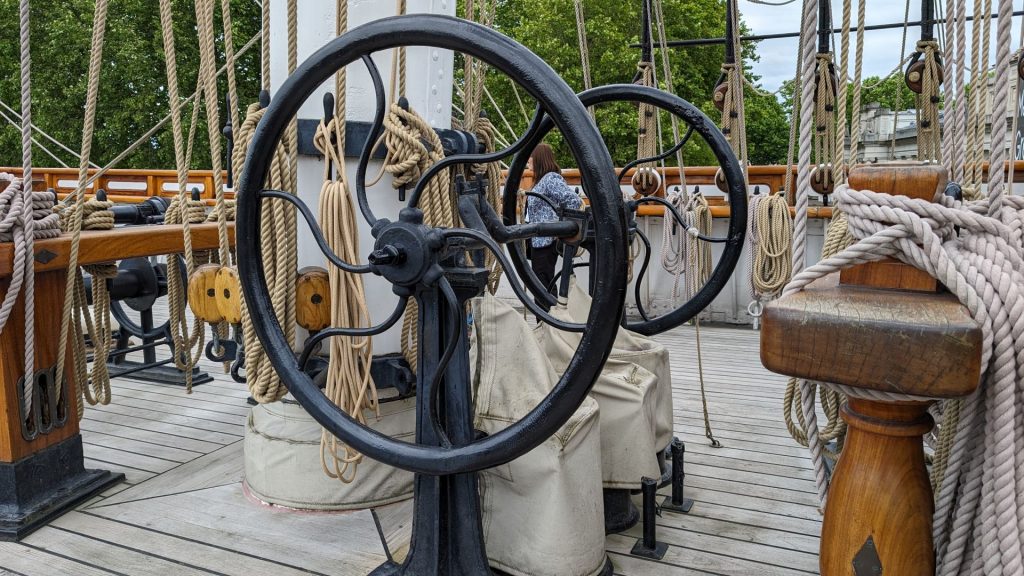
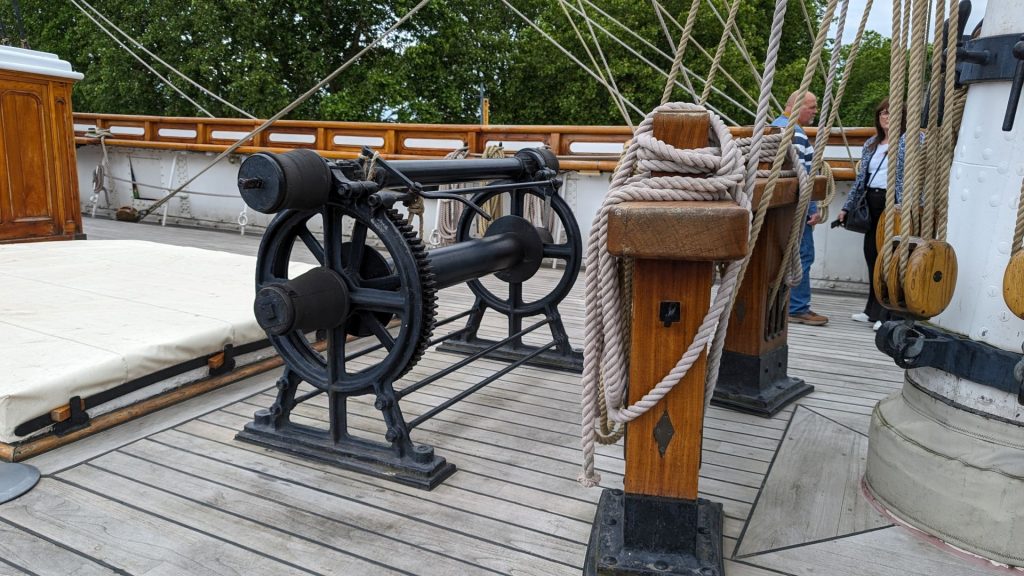
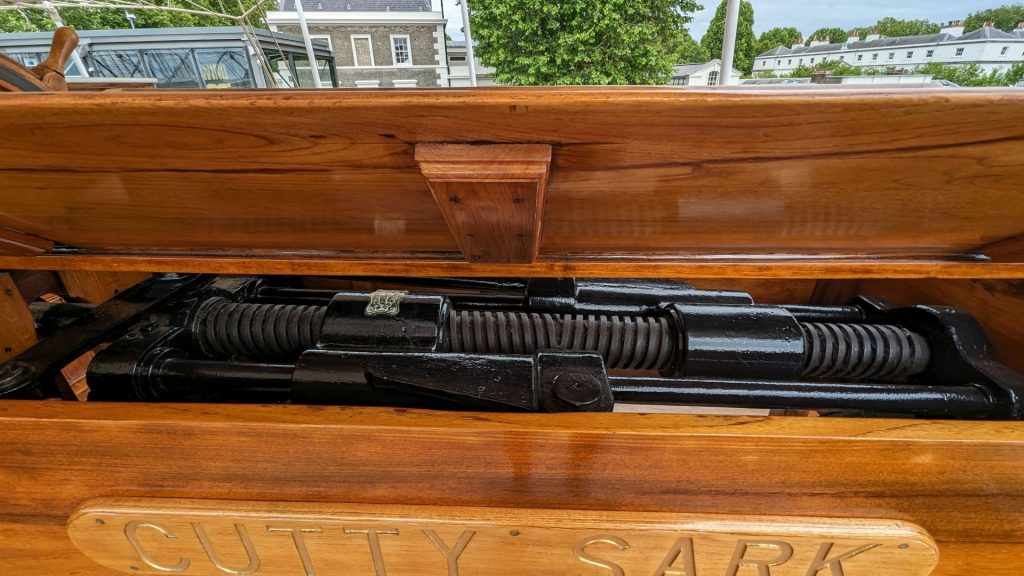
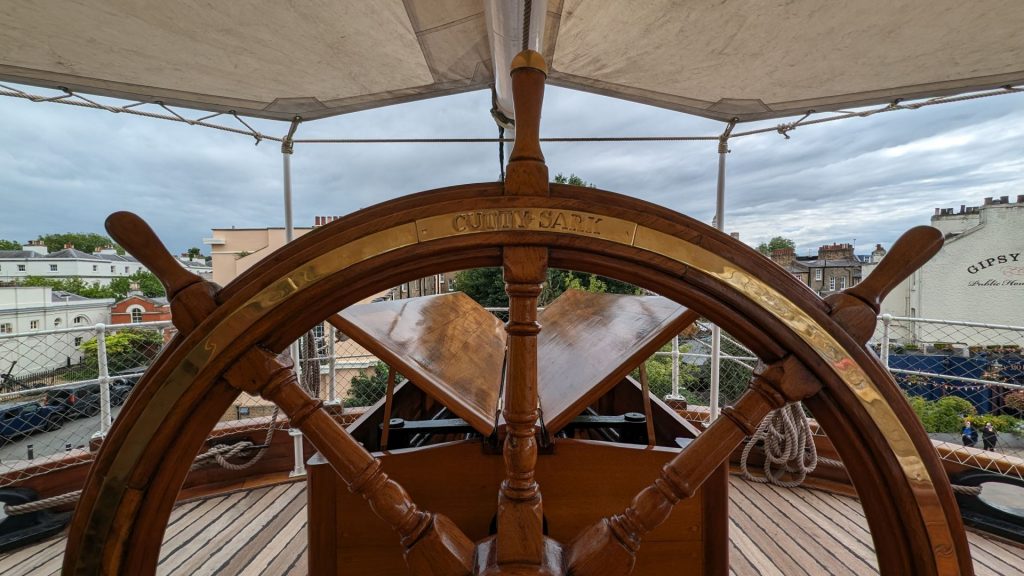
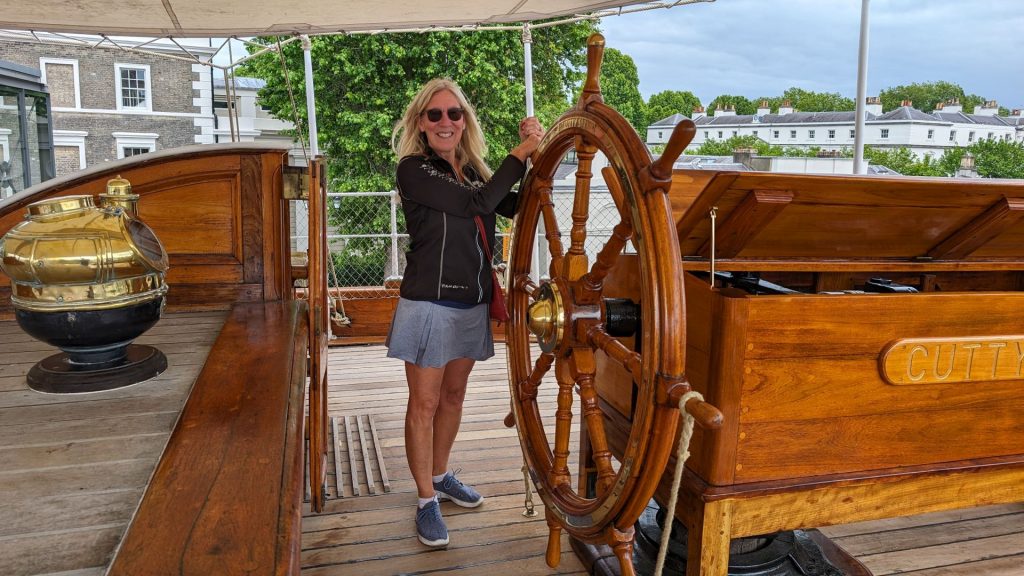
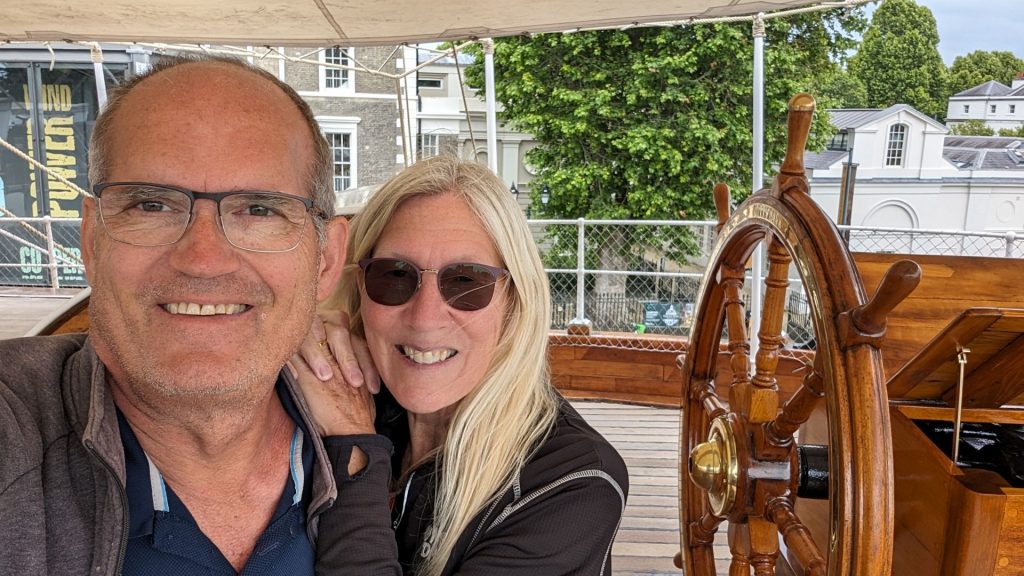
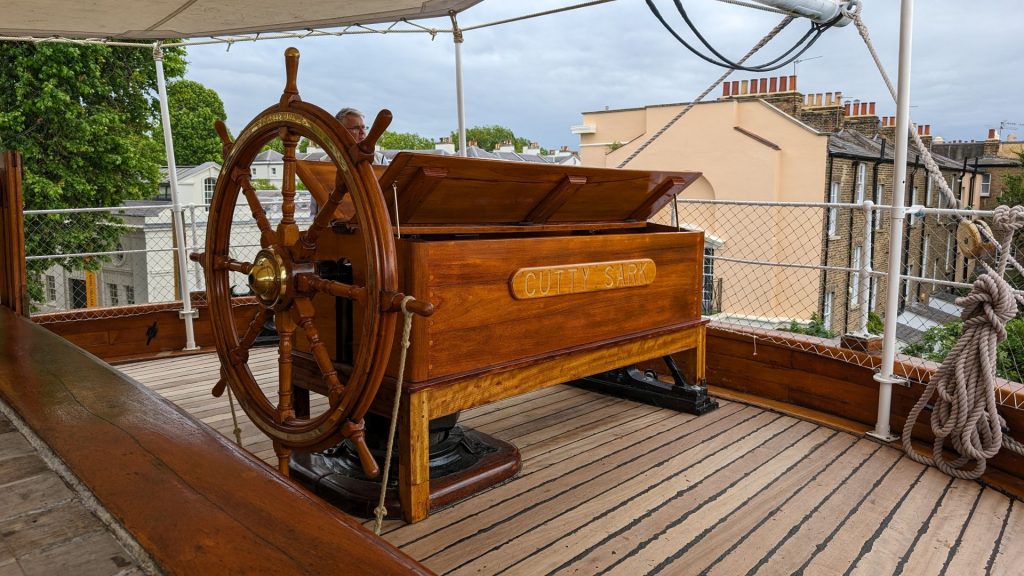
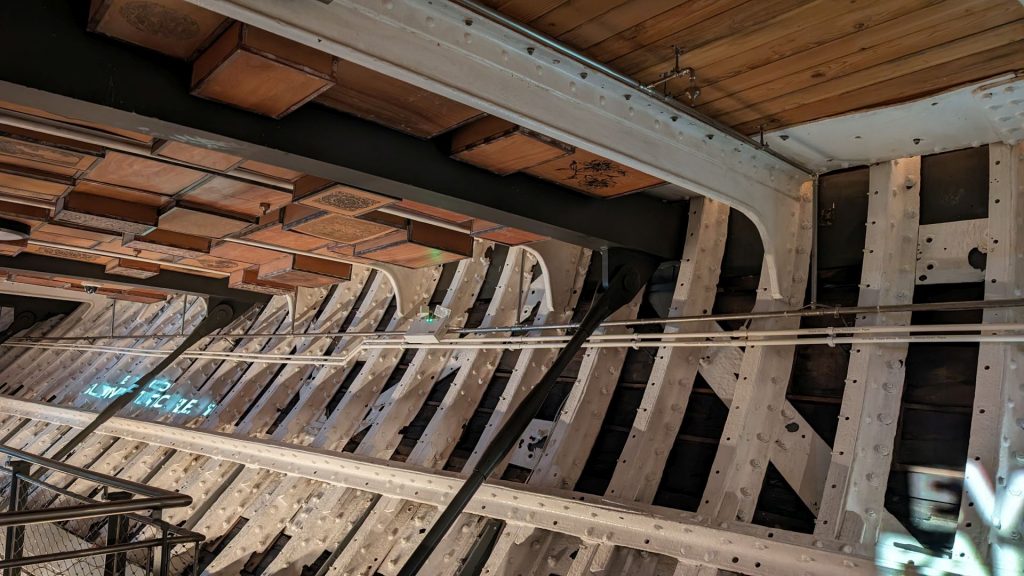
Let’s look at the inside a bit now. Some folks had a decent amount of room; others, not so much.
The Master’s cabin was home to the captain. When built, the cabin was accessed using the door from the saloon. At some point after 1895 when the ship had been sold to Portuguese company Ferreira & Co., the Master moved to the Second Mate’s accommodation and managed to fit a four-poster bed by knocking through to the Steward’s cabin. 🙂 🙂
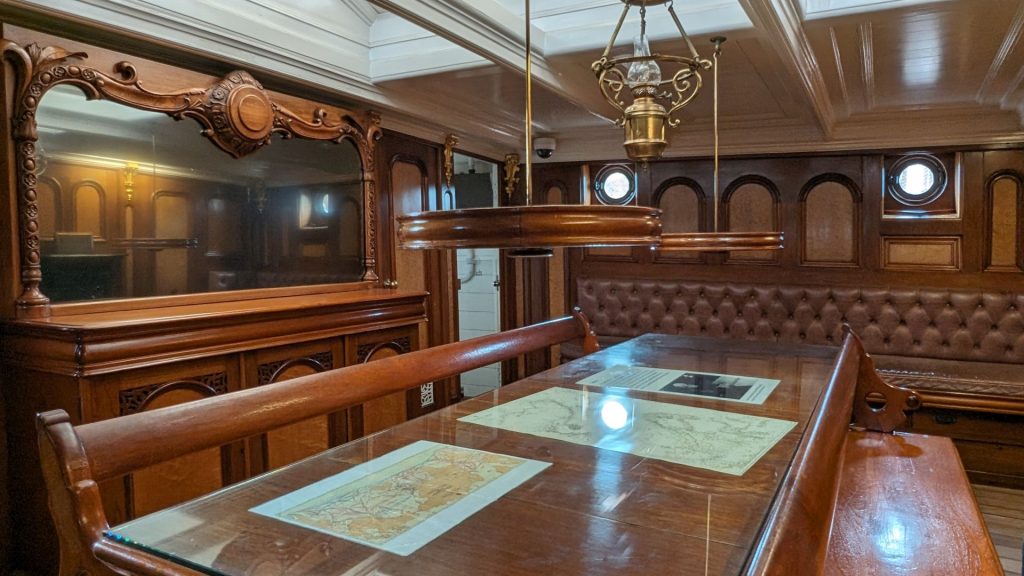
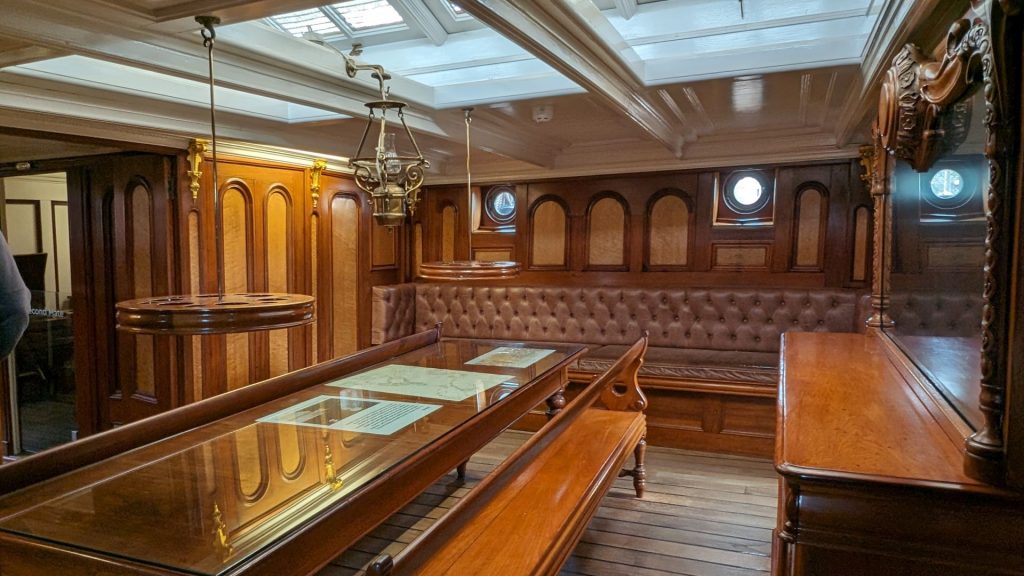
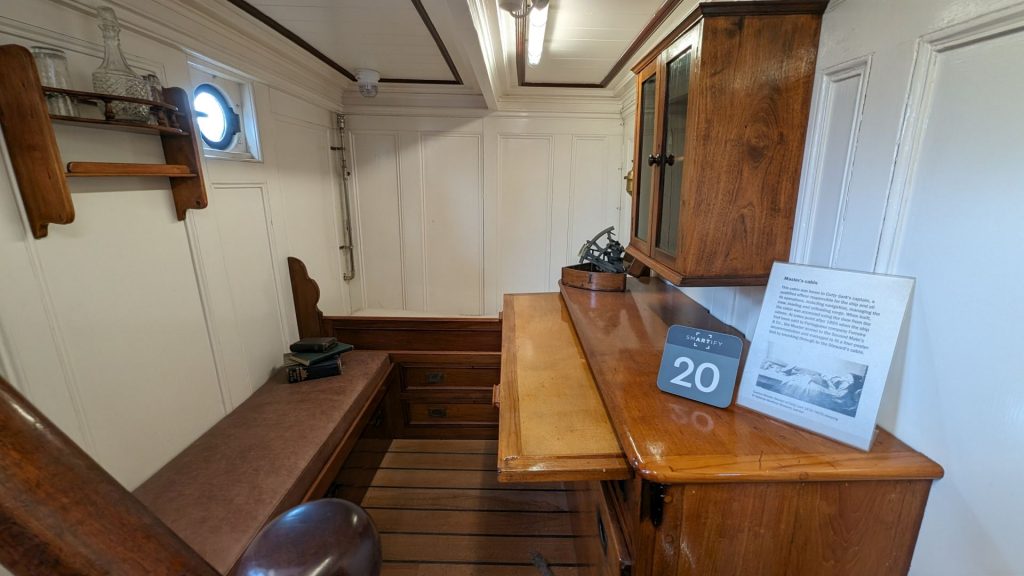
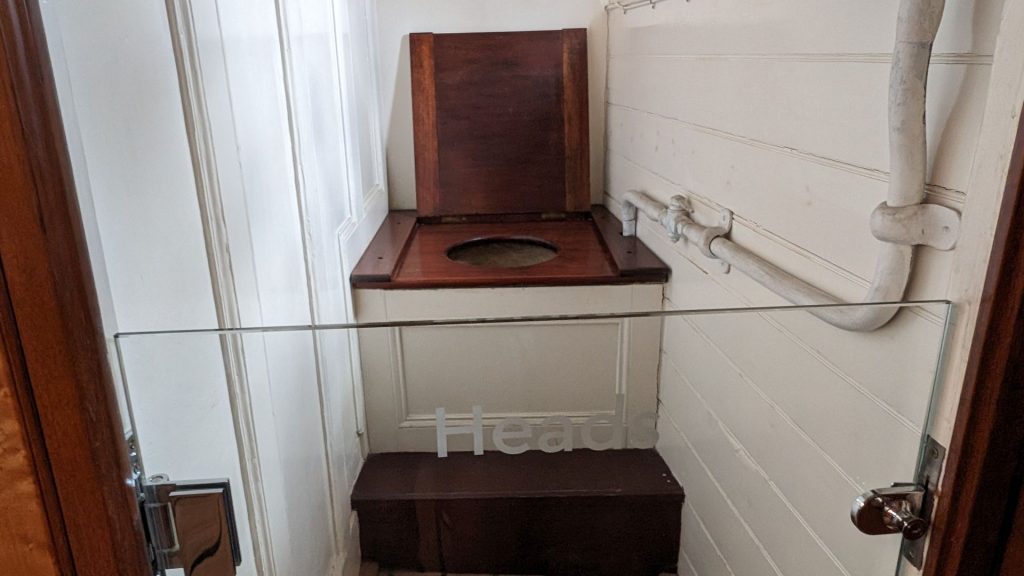
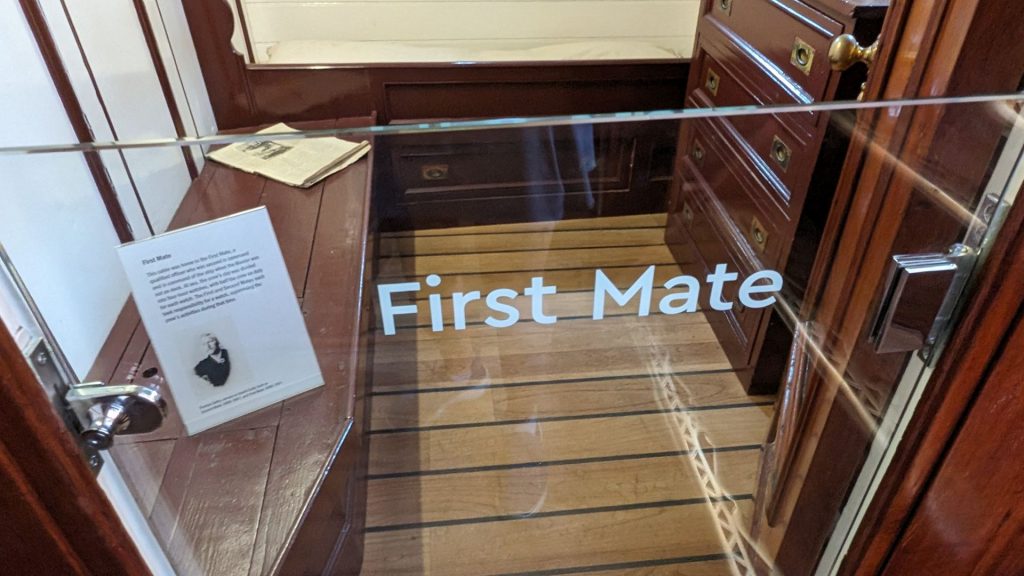
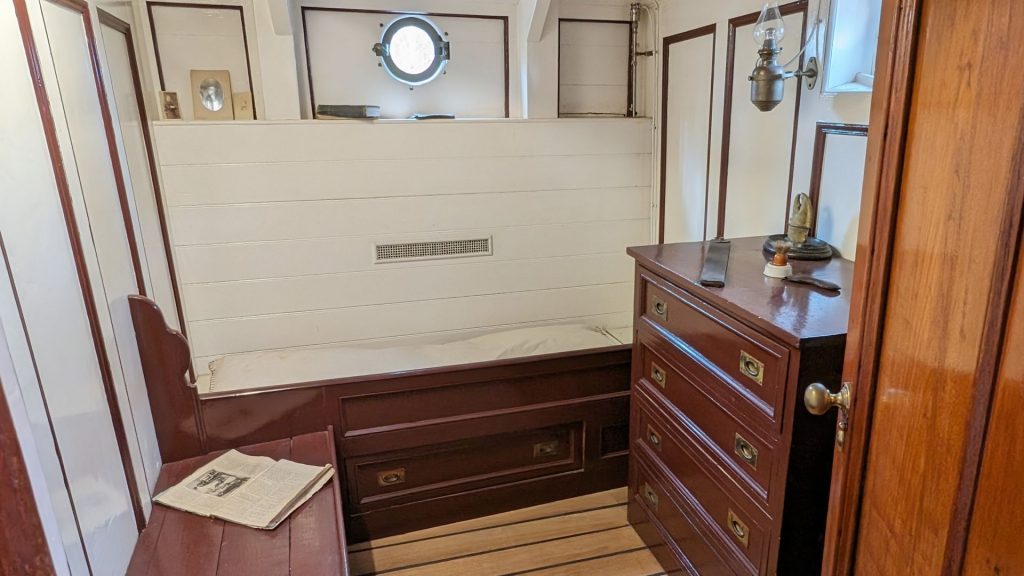
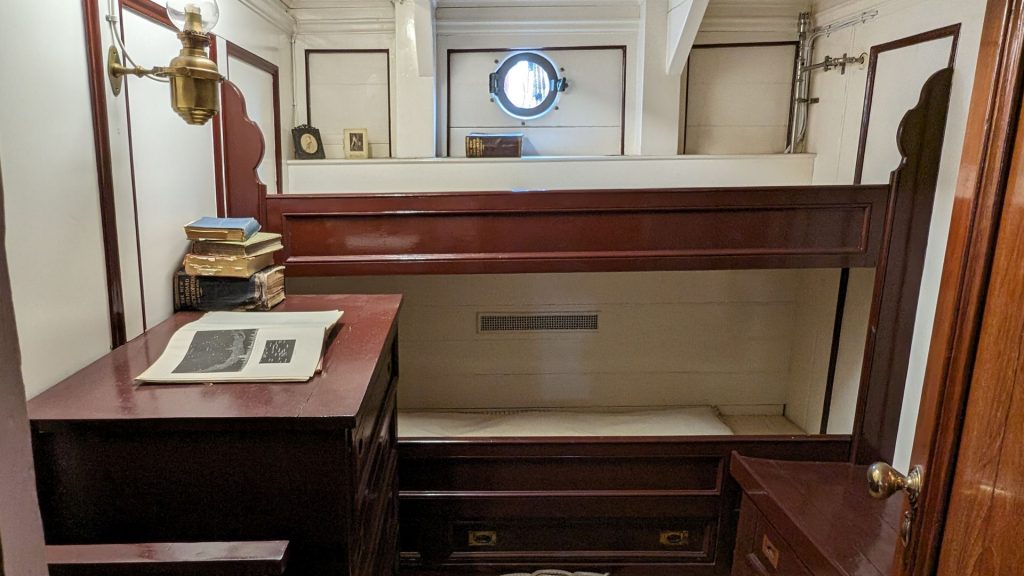
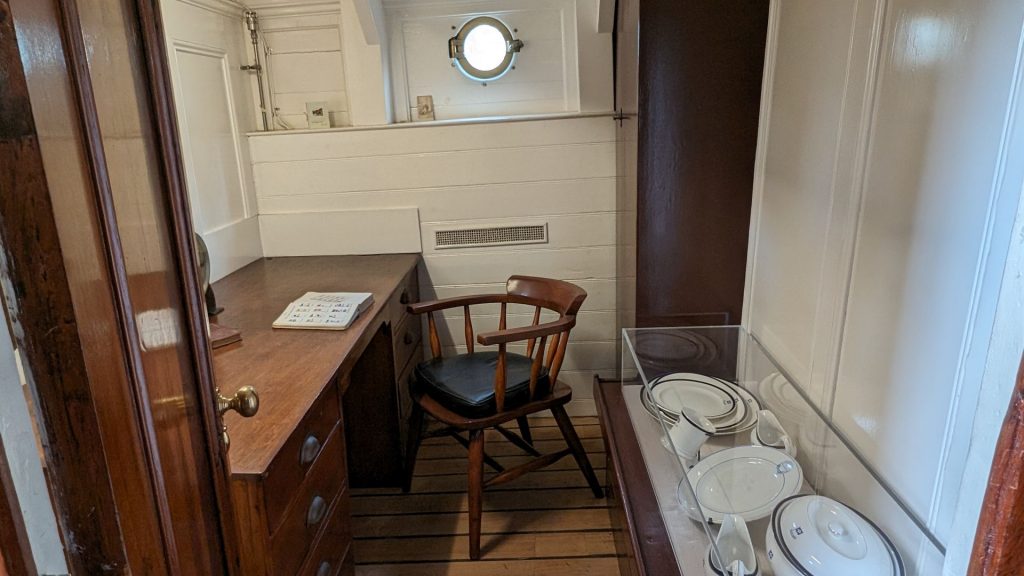
Below are pictures of the cabins of “able and ordinary seamen.”
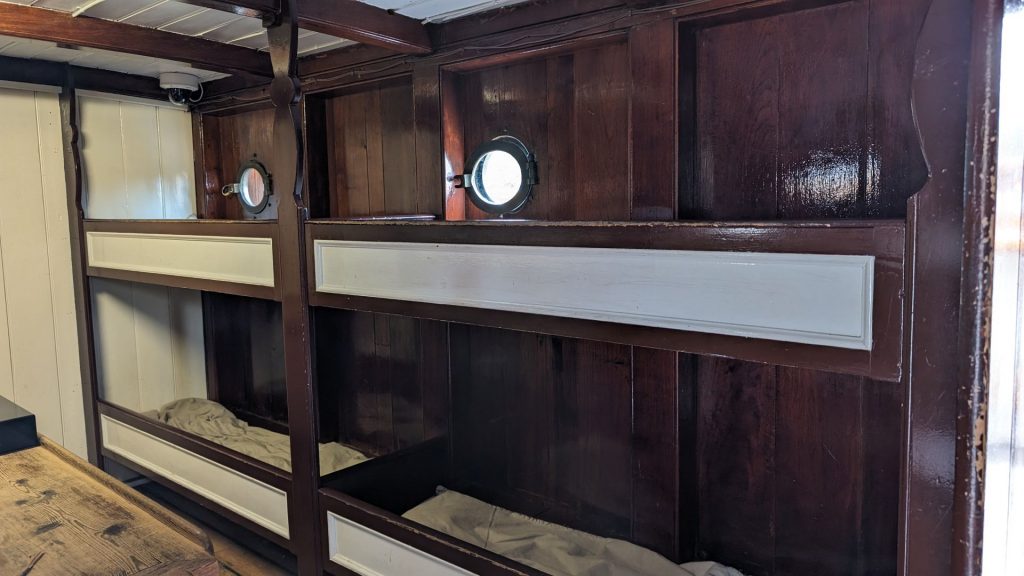
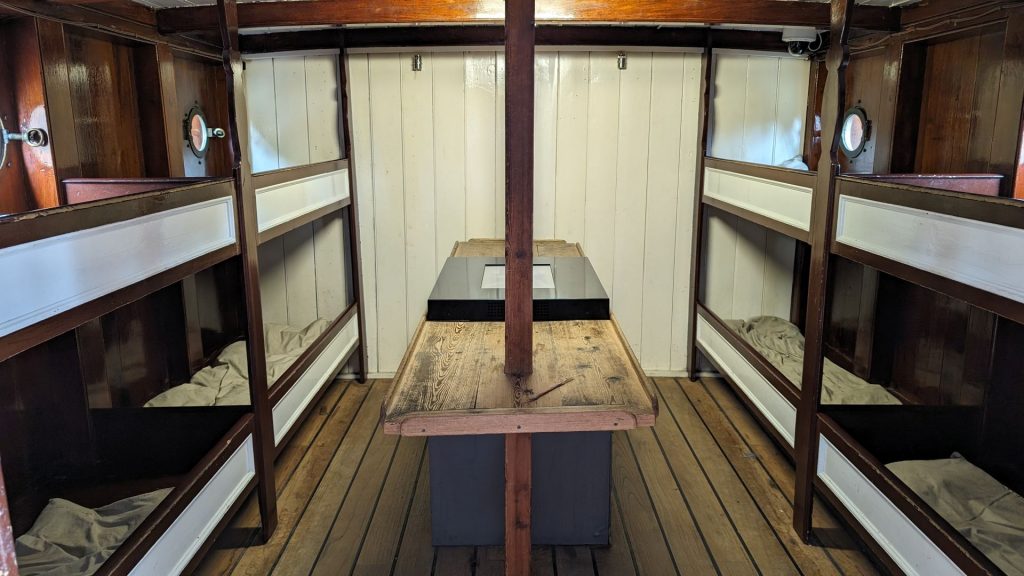
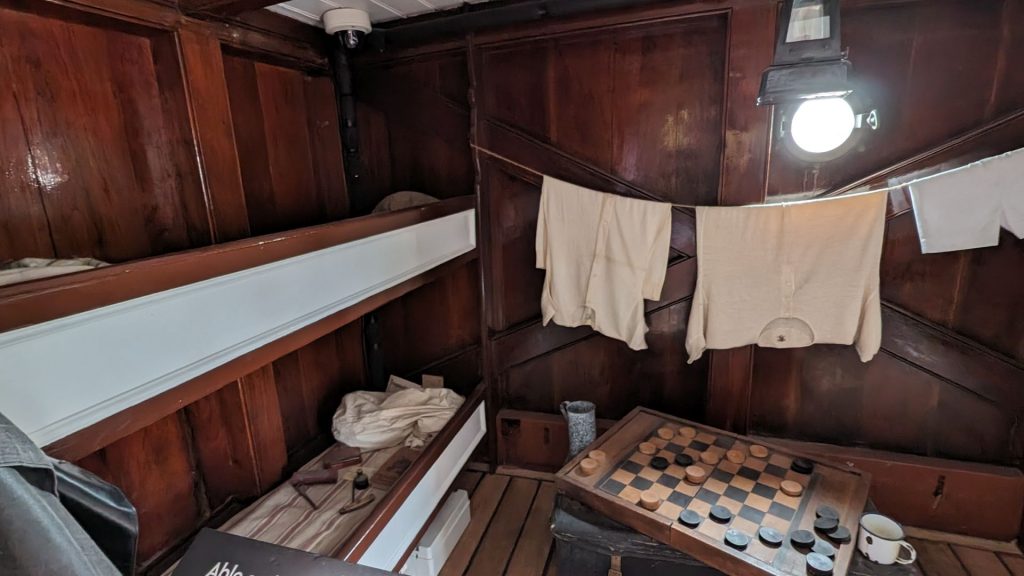
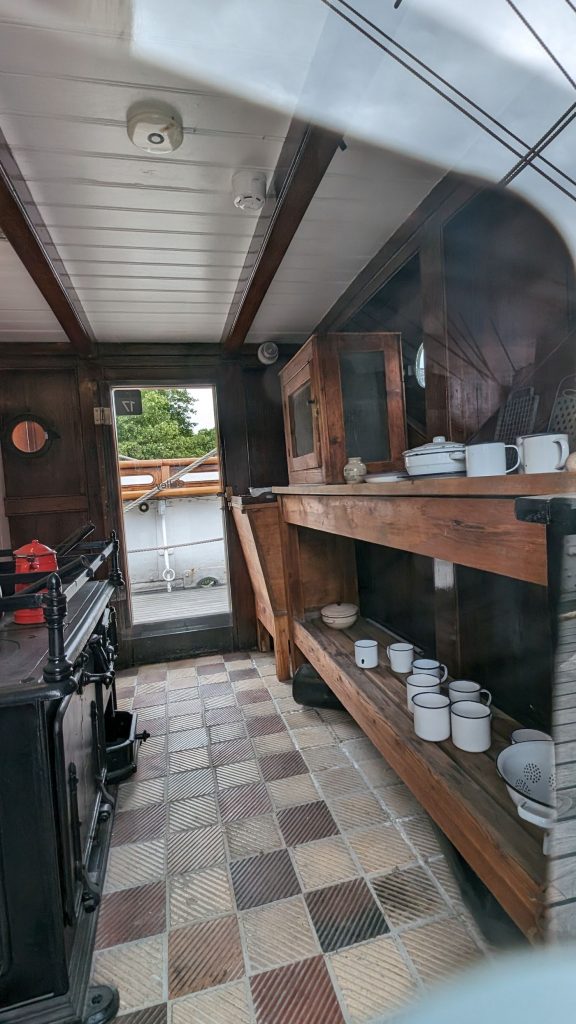
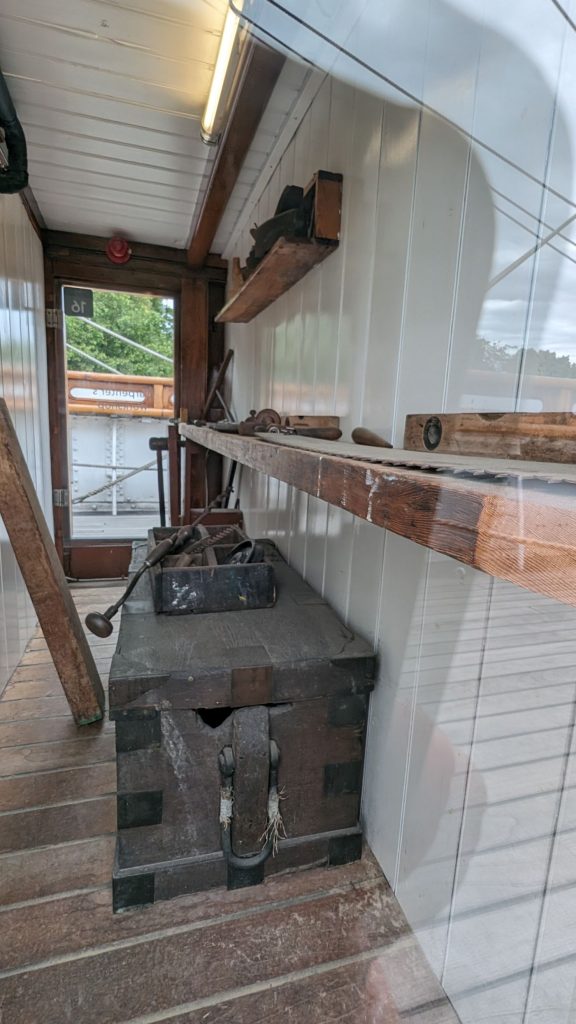
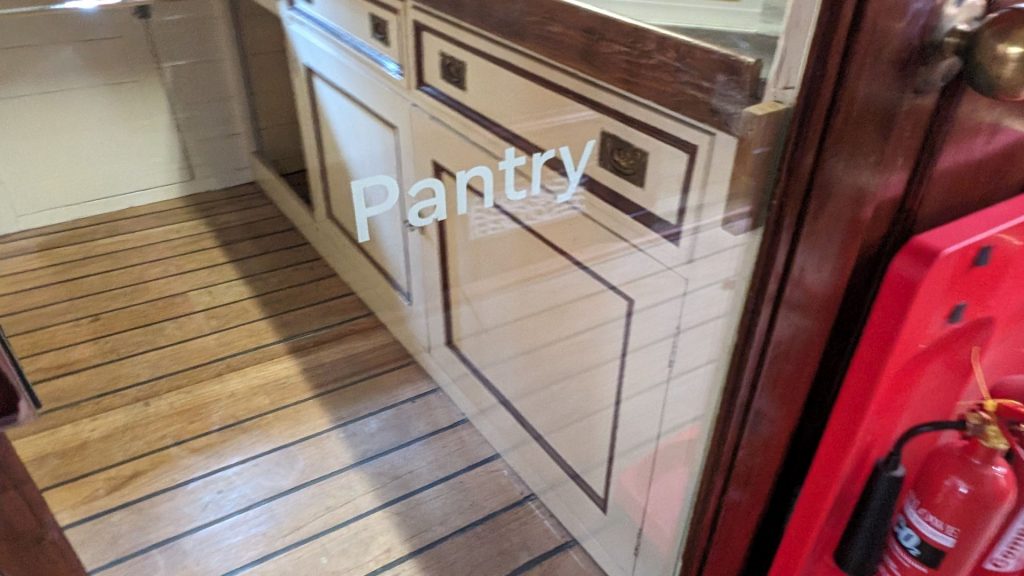
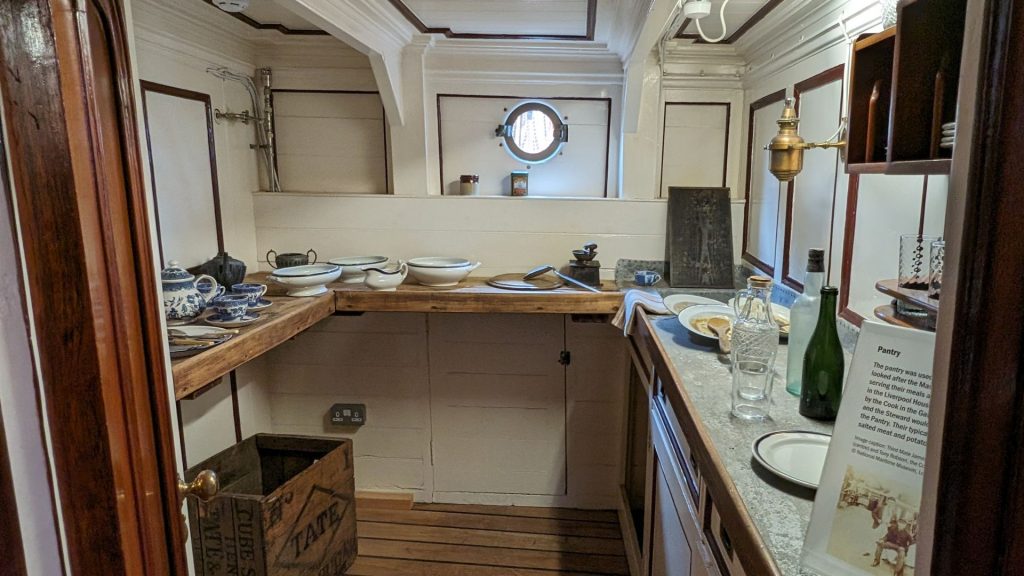
Okay, we know where they lived and worked now, but what did they eat and drink?
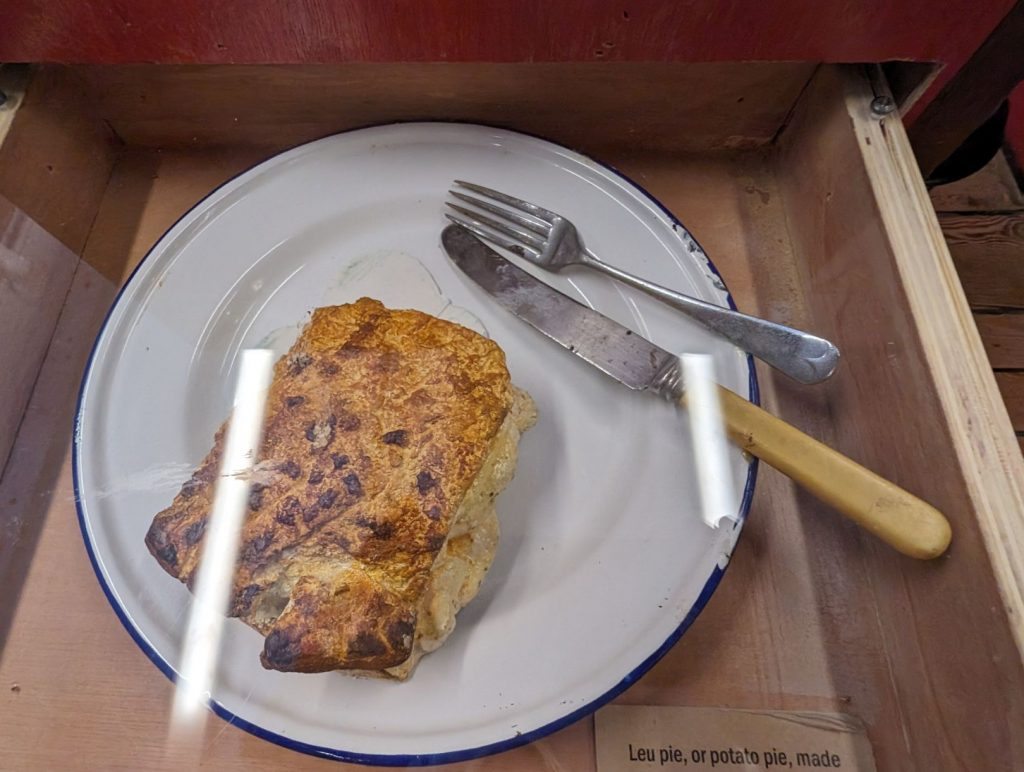
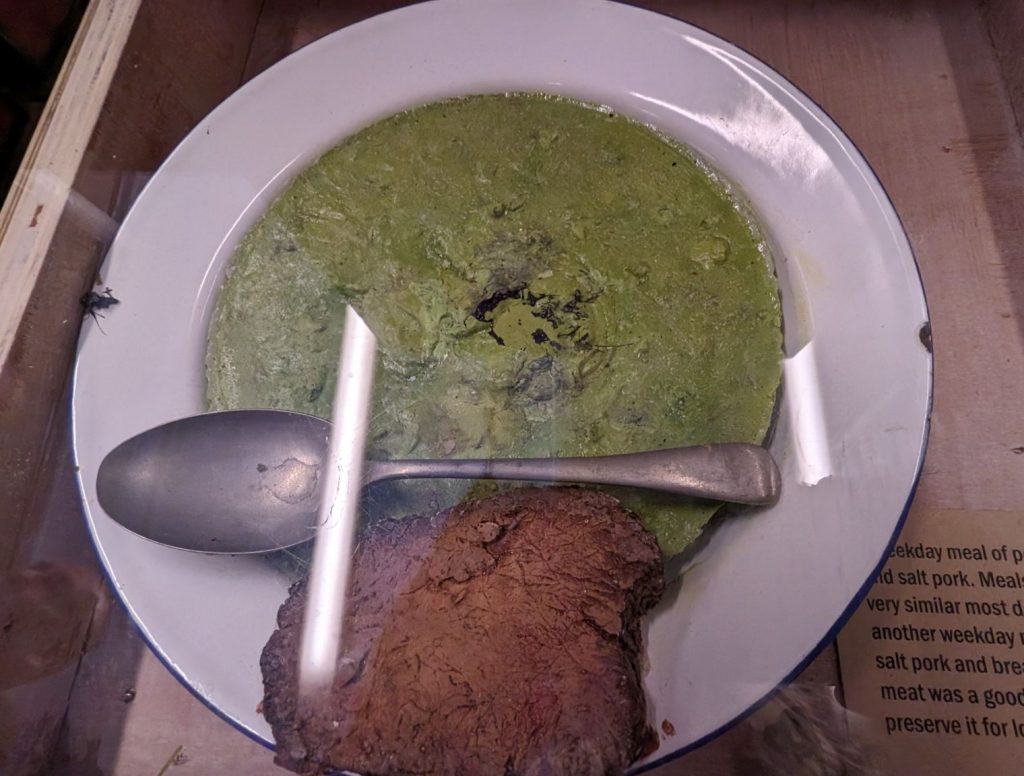
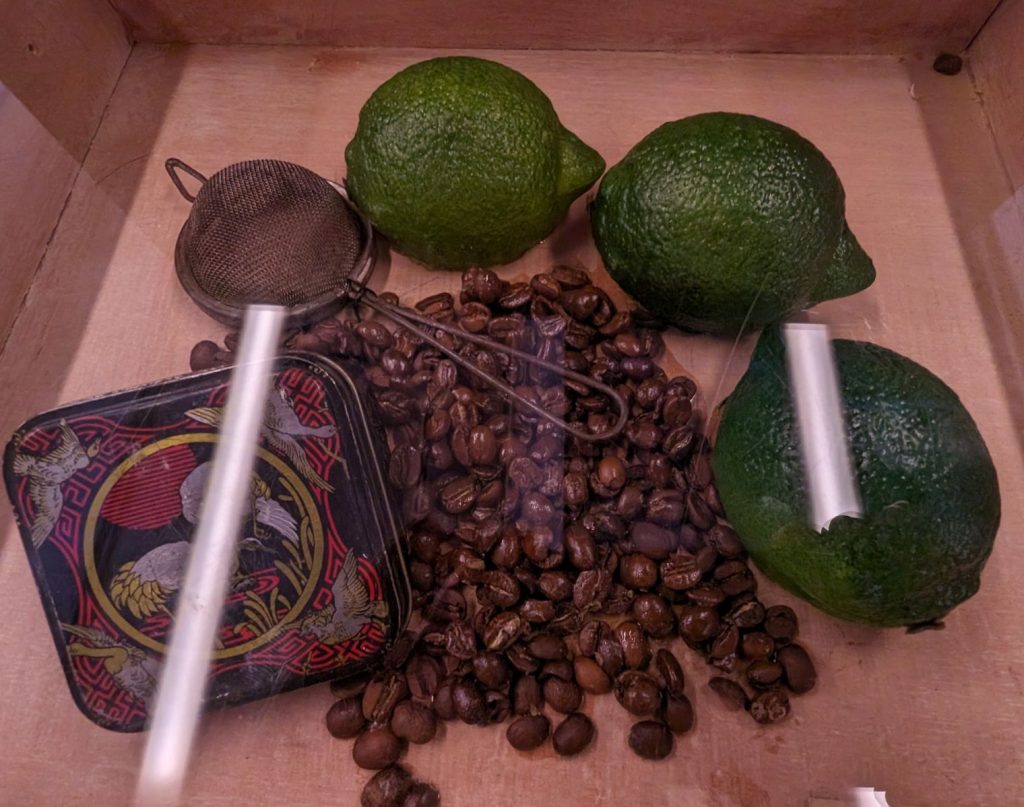
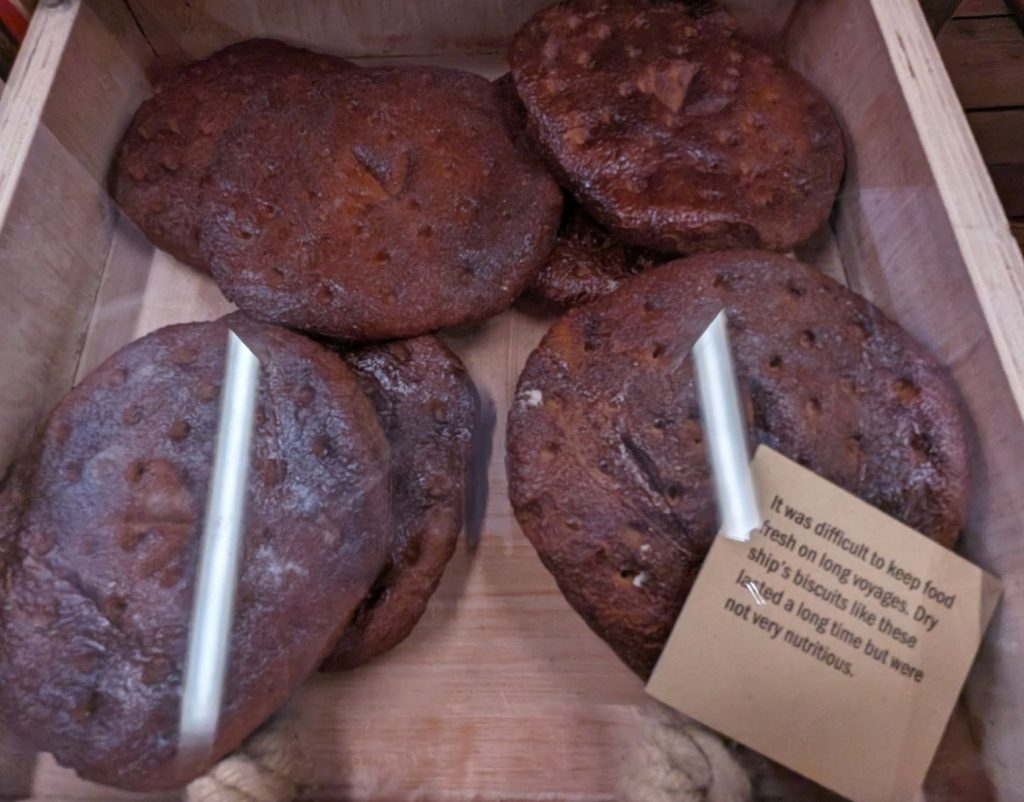
And, we got to see the hull as well
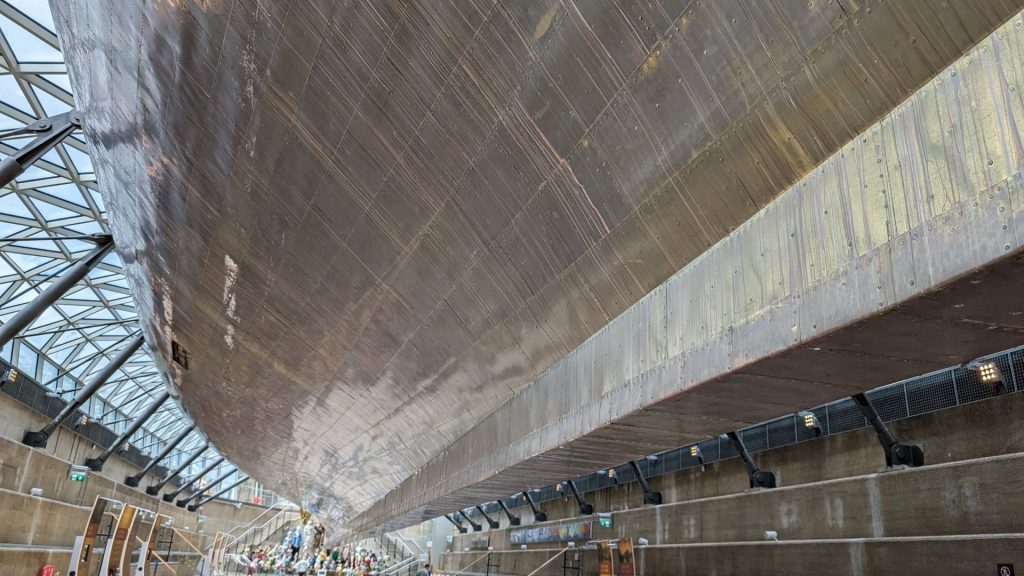
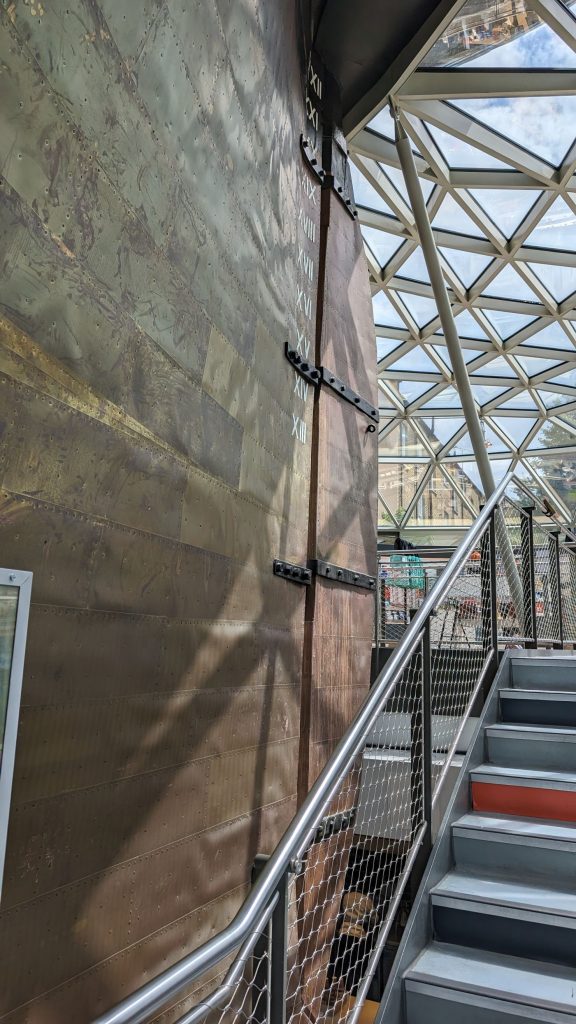
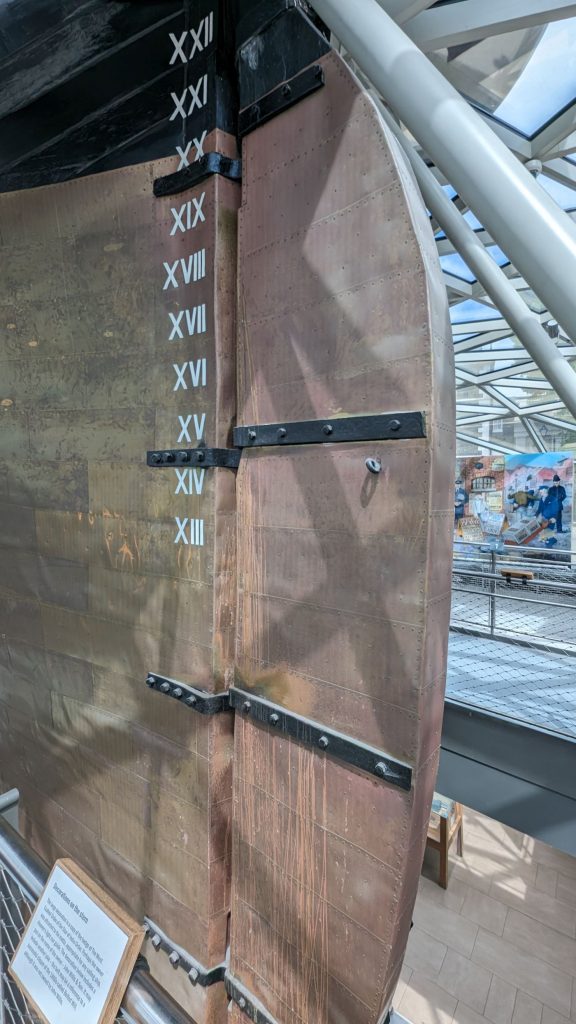
It was time to take another form of transportation to the pub. We saw this huge rubber ducky on the way.
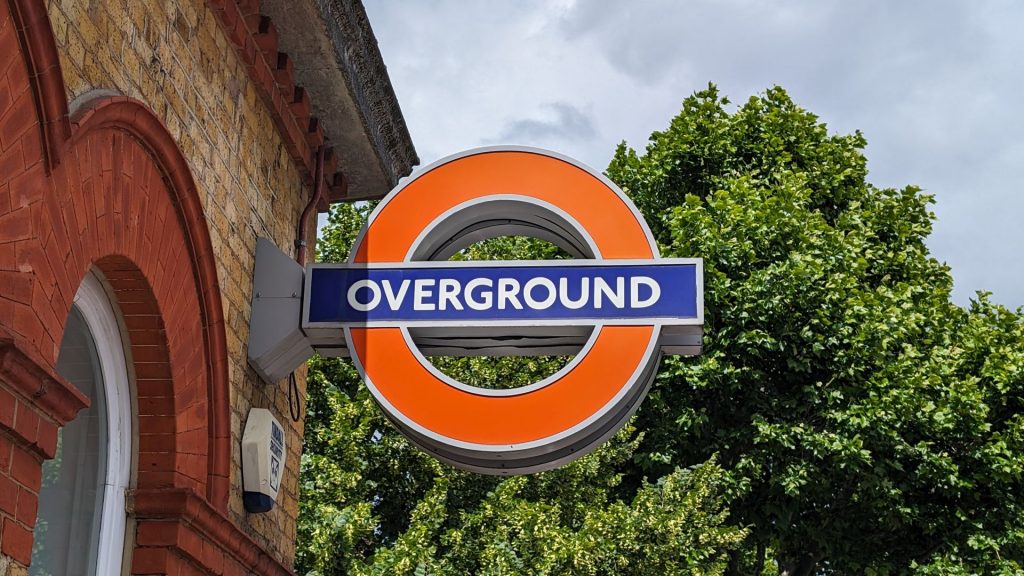
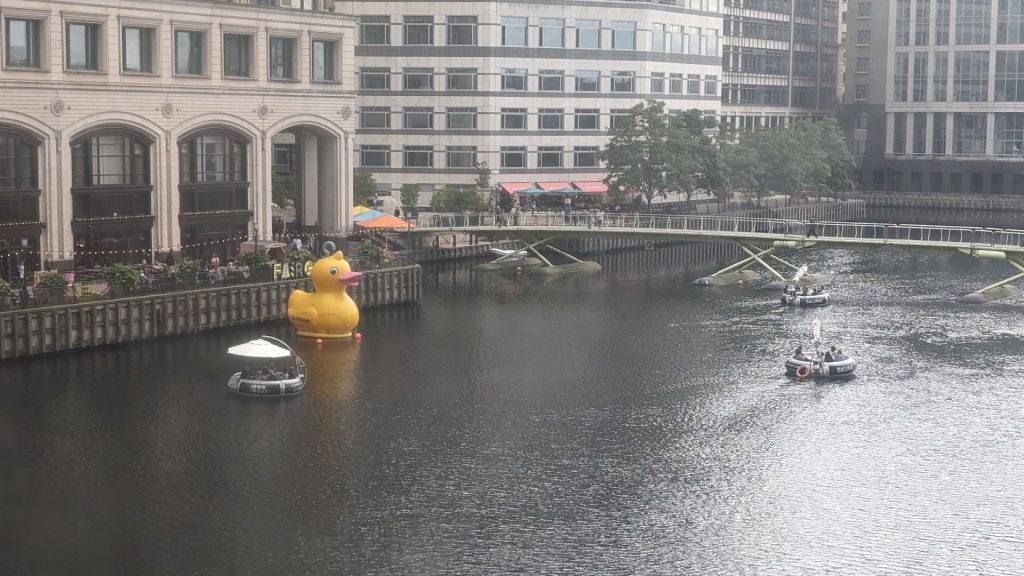
A British friend of ours recommended The Angel Pub. Now, I don’t know if this is the right Angel Pub because there might be a lot, but we loved this one! Good beer and food. And a cozy atmosphere.
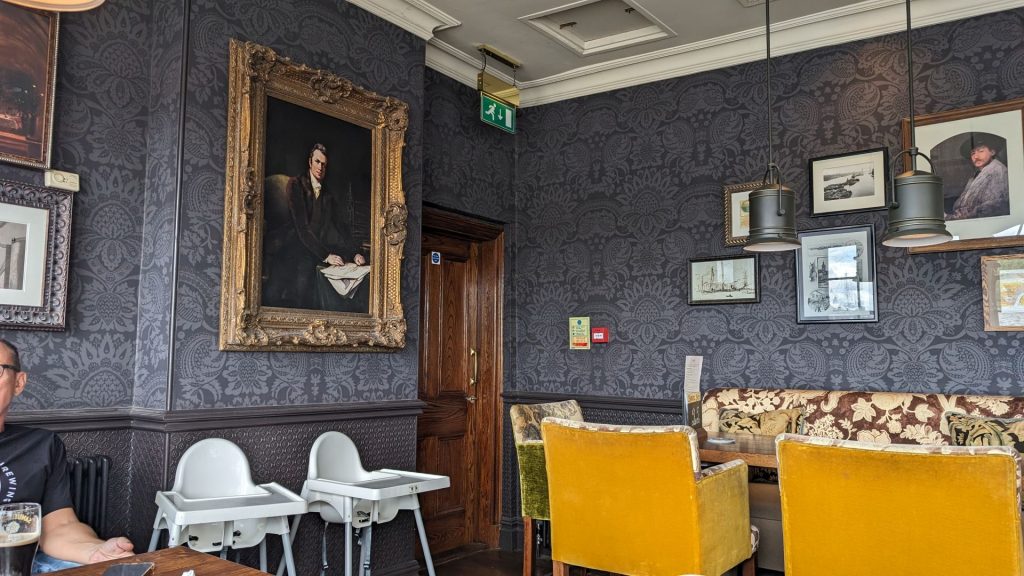
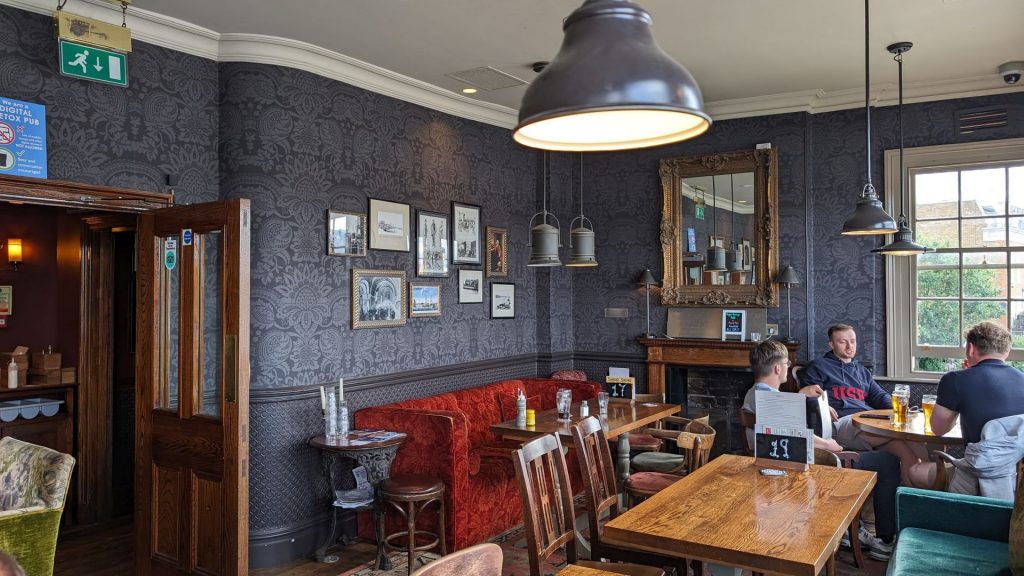
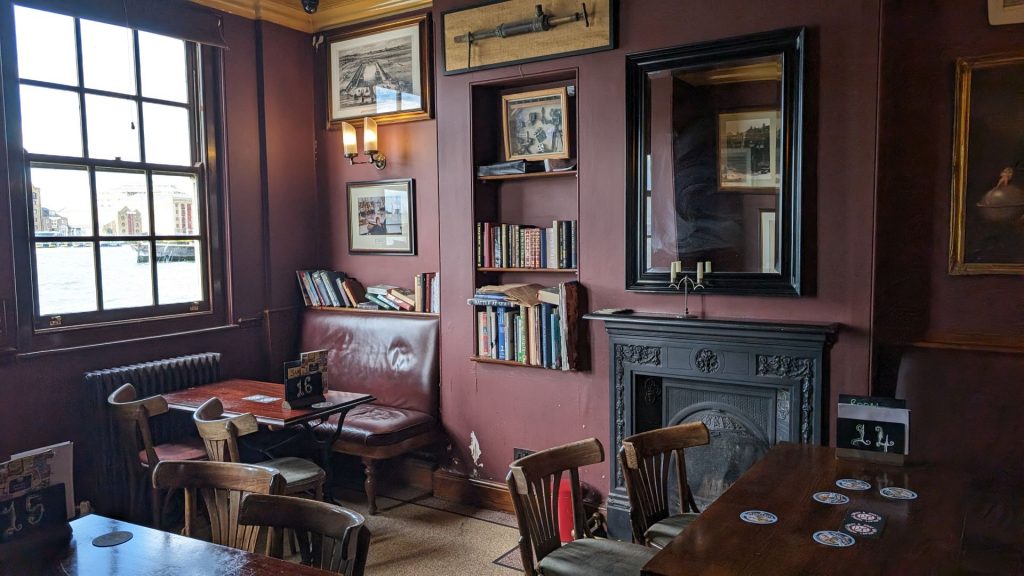
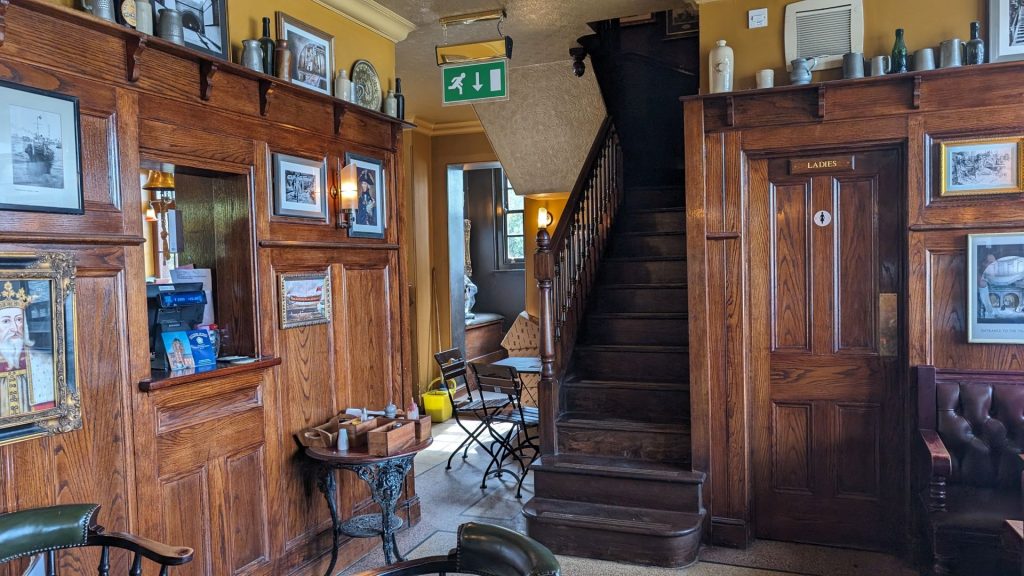
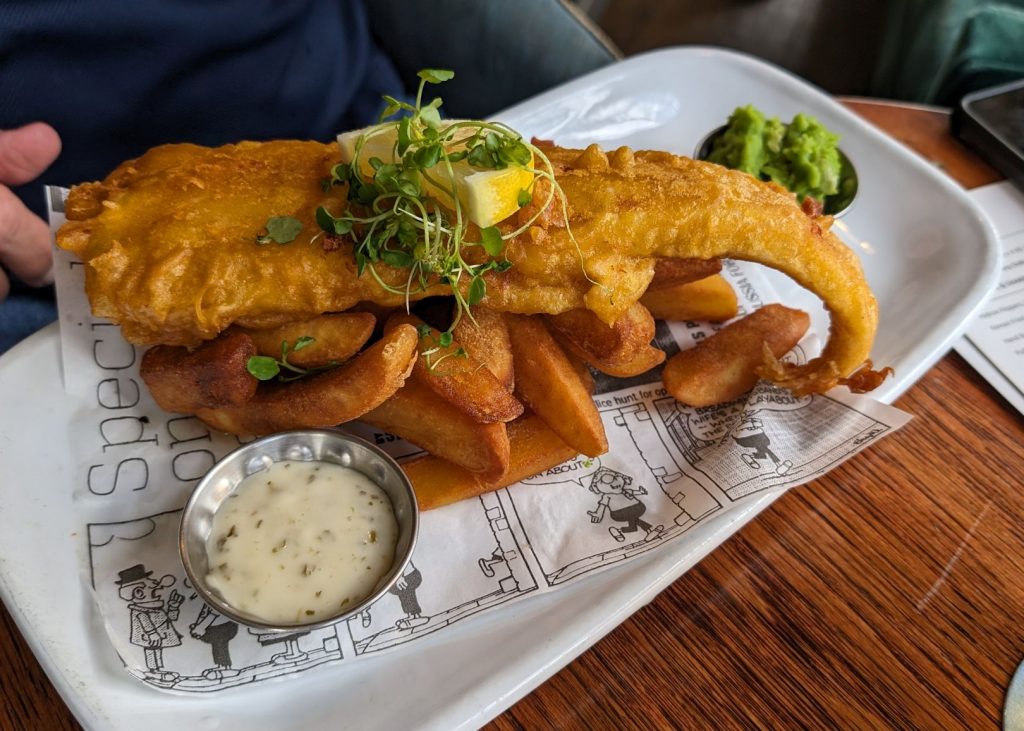
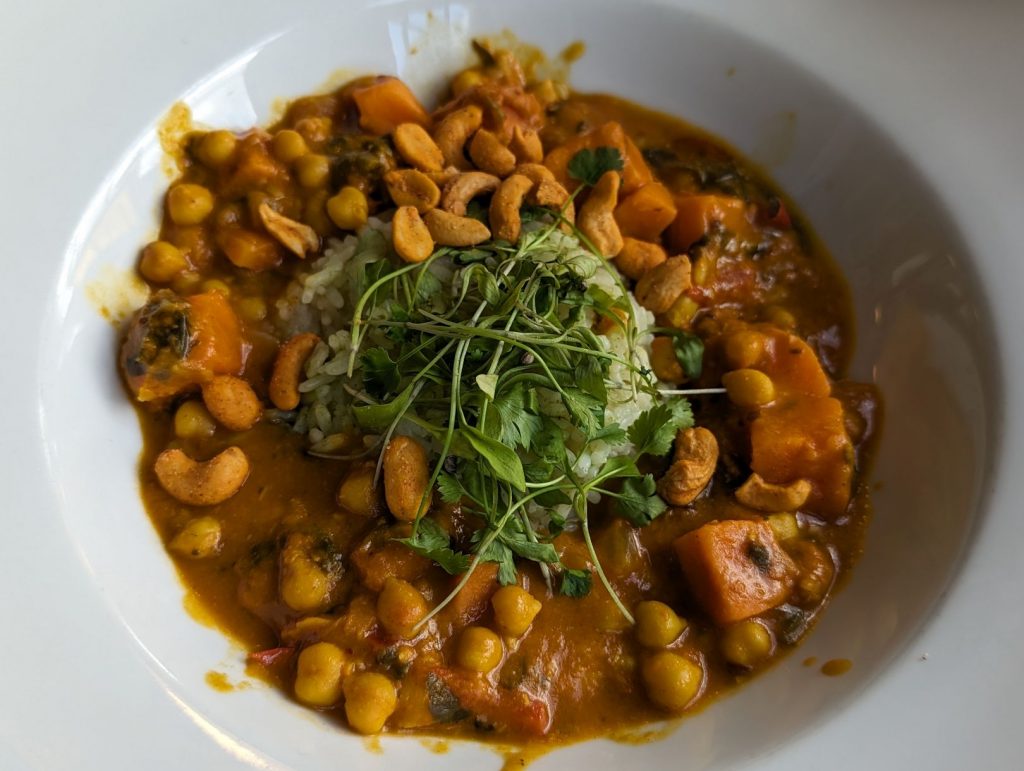
We now made our way back to London’s West End to see a play. We crossed the Tower Bridge on foot and walked by the Tower of London on the way.
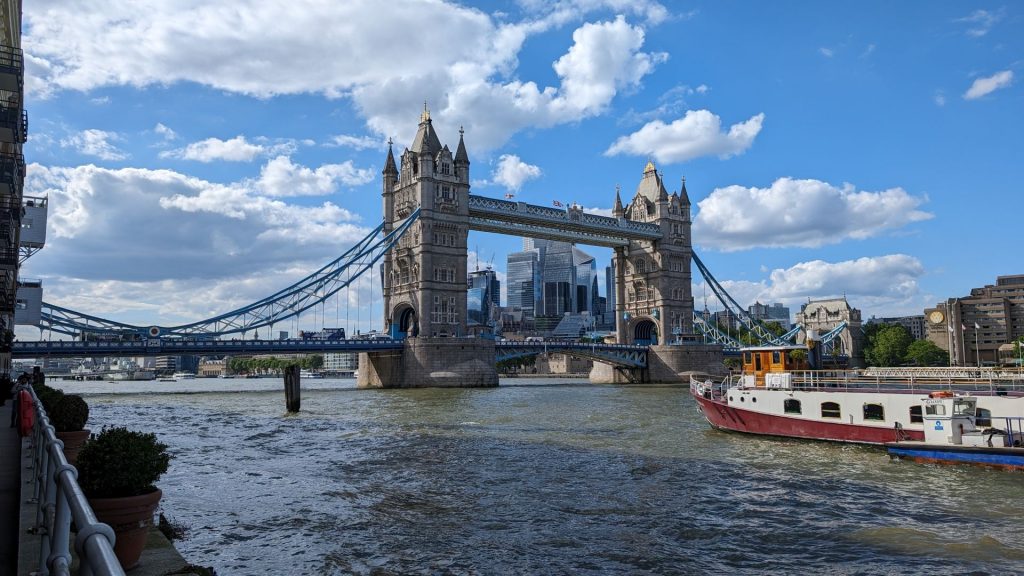
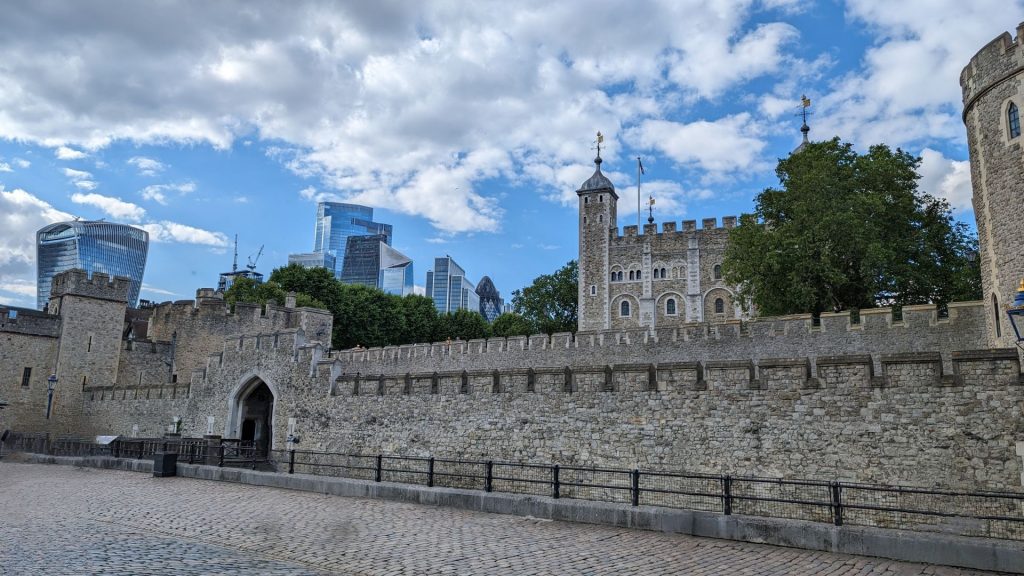
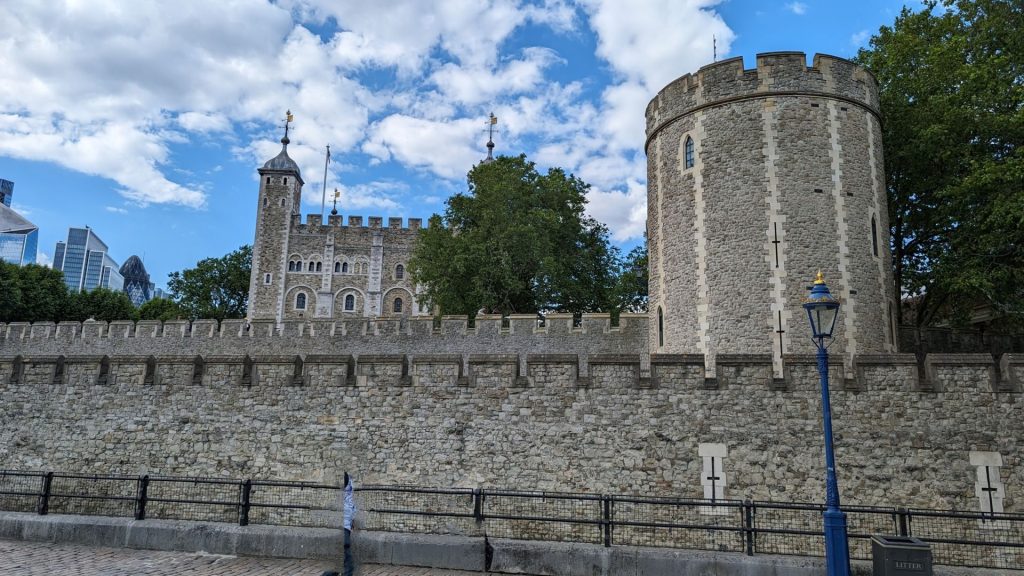
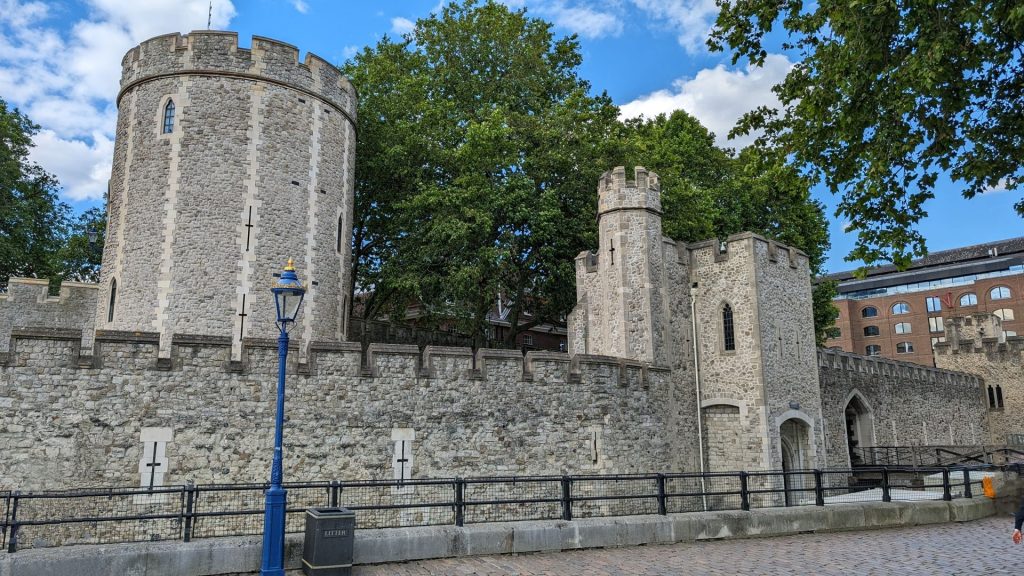
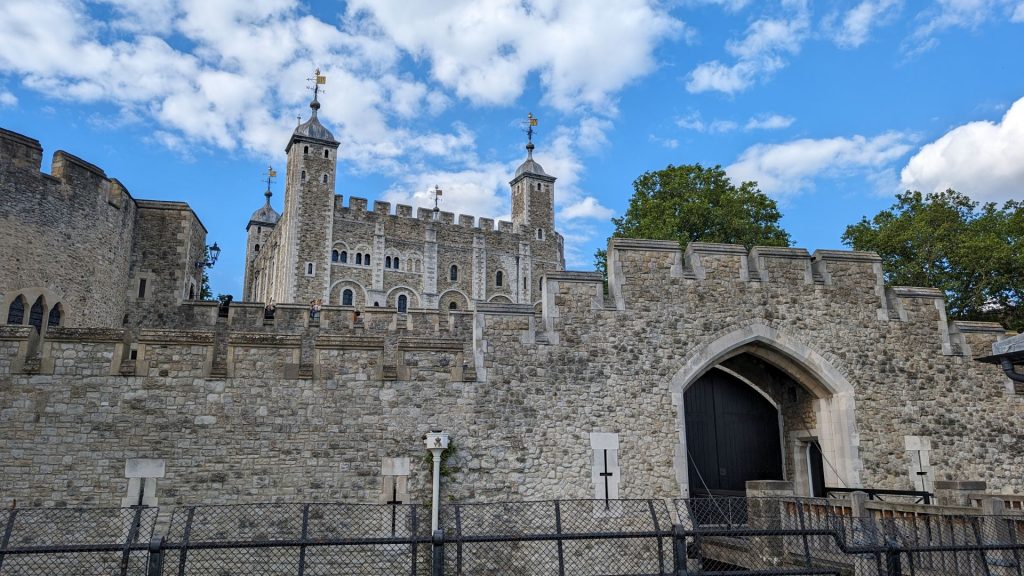
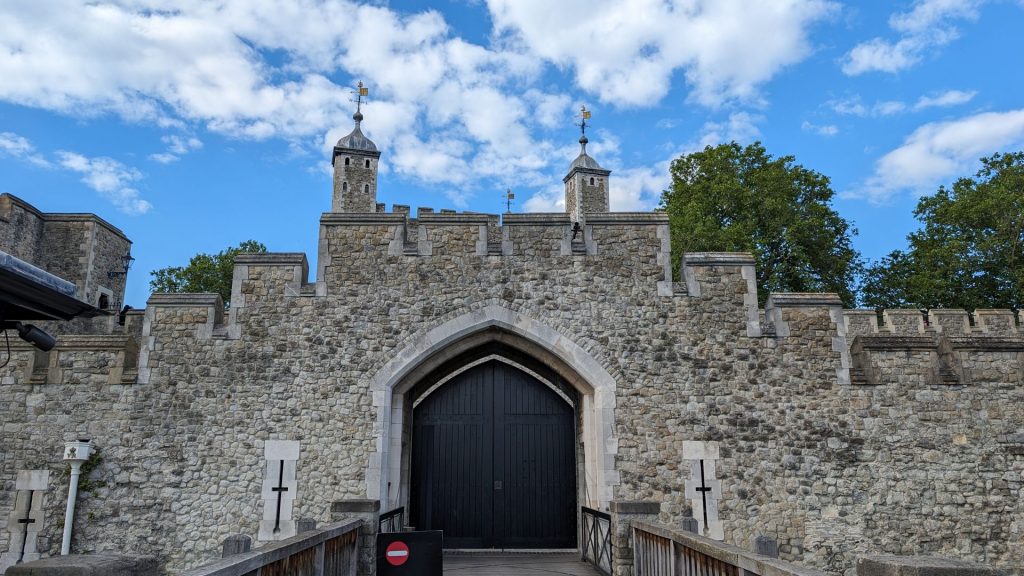
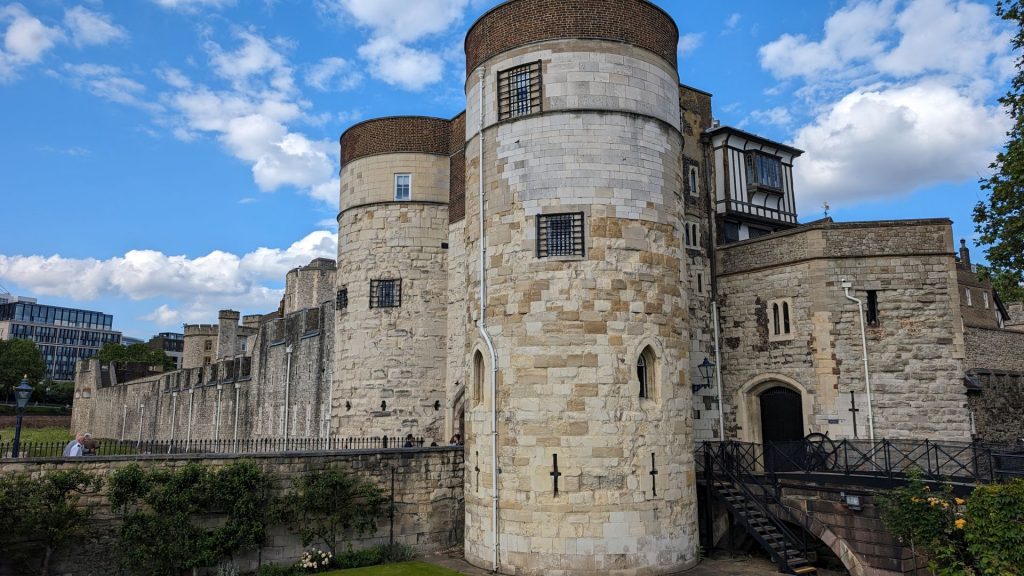
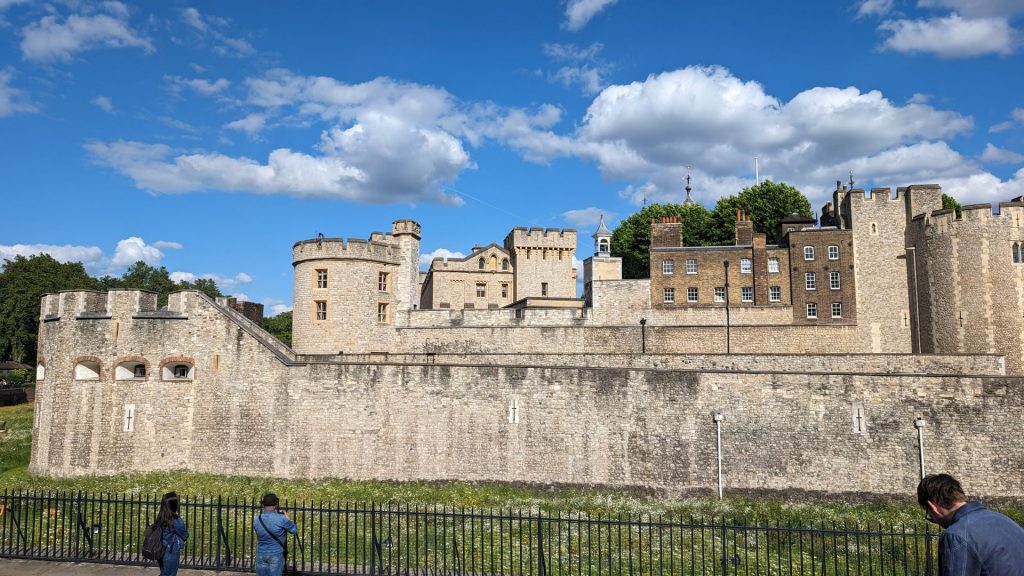
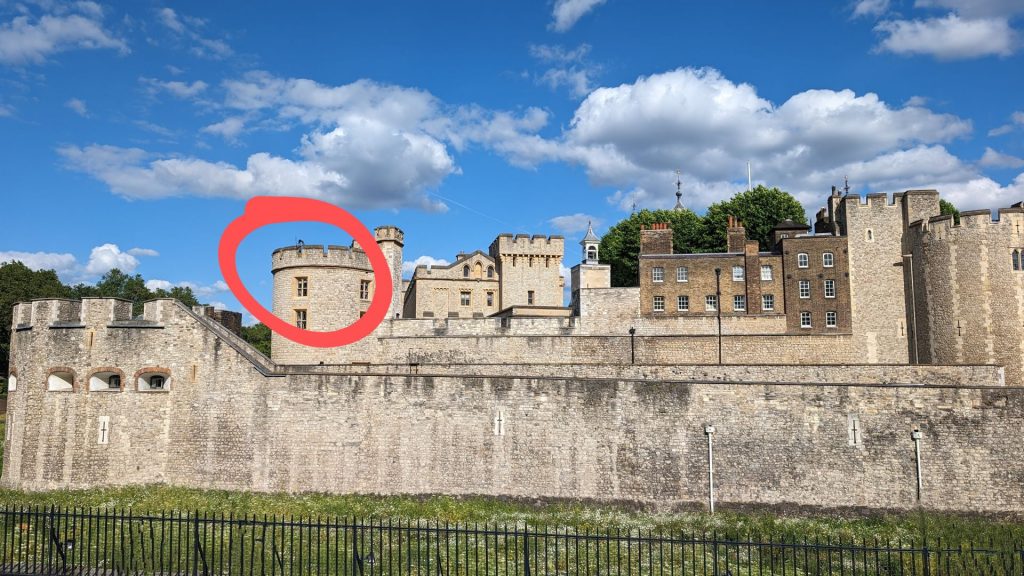
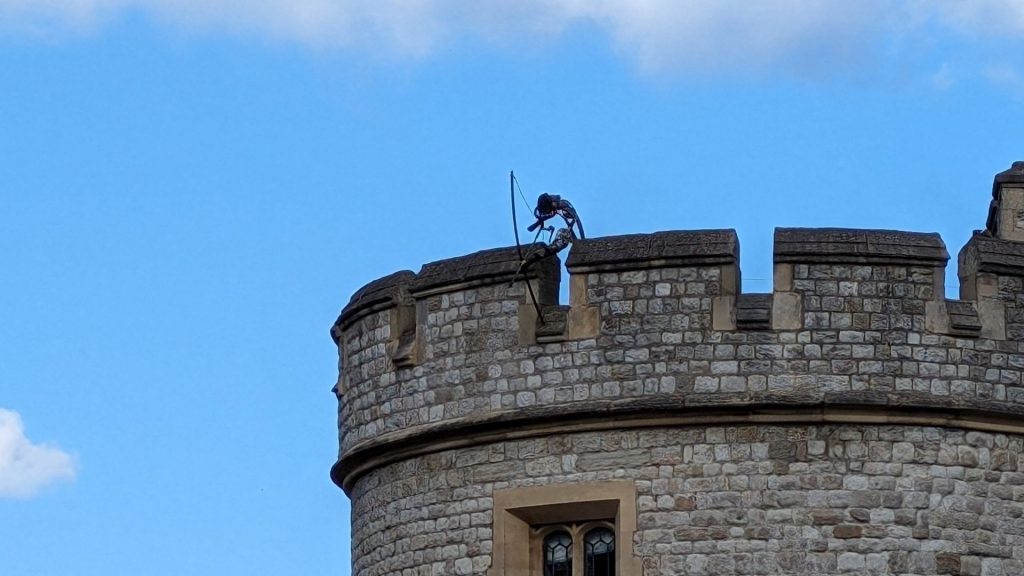
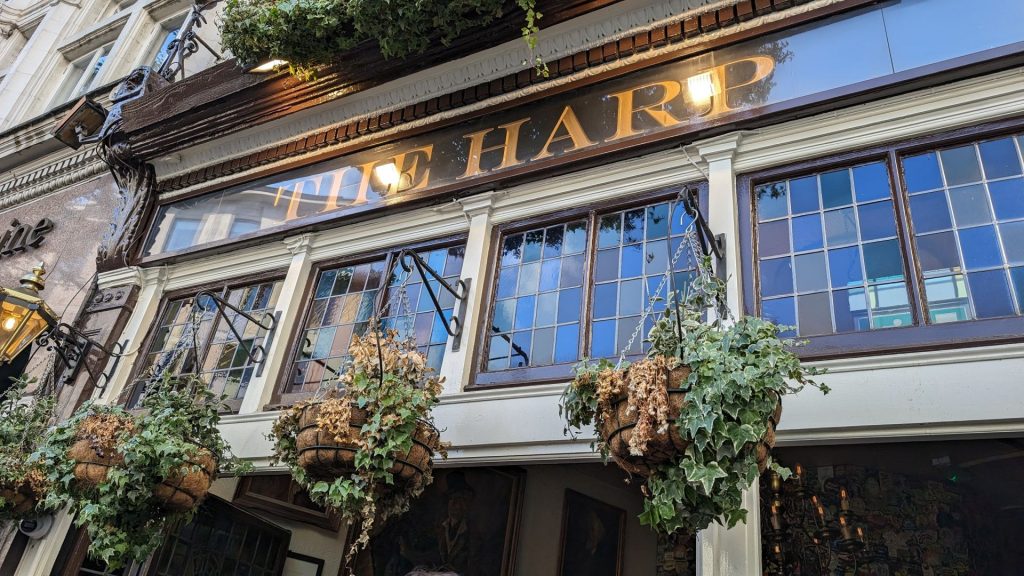
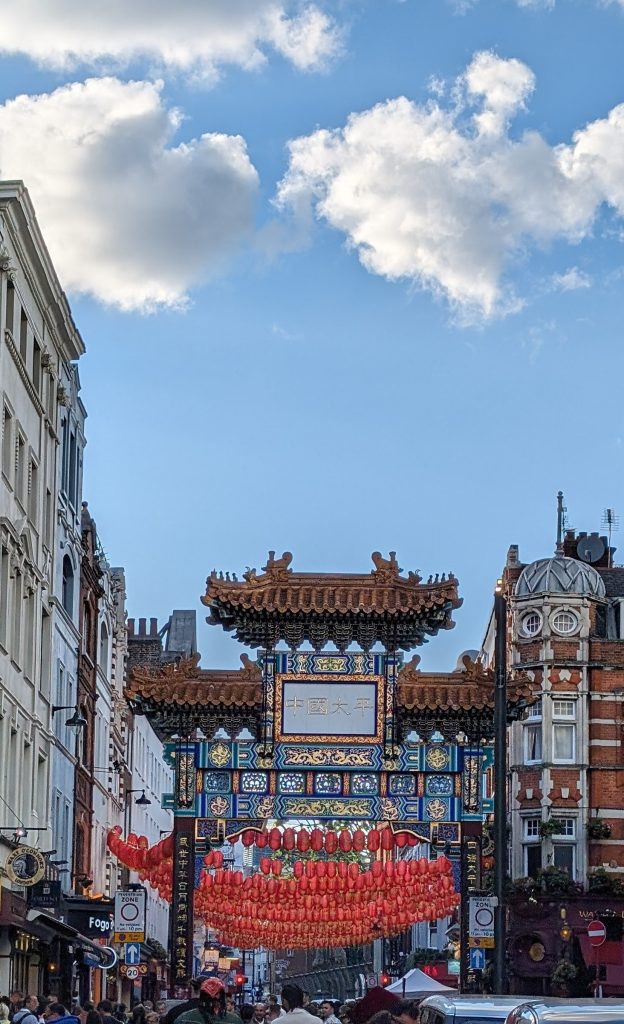
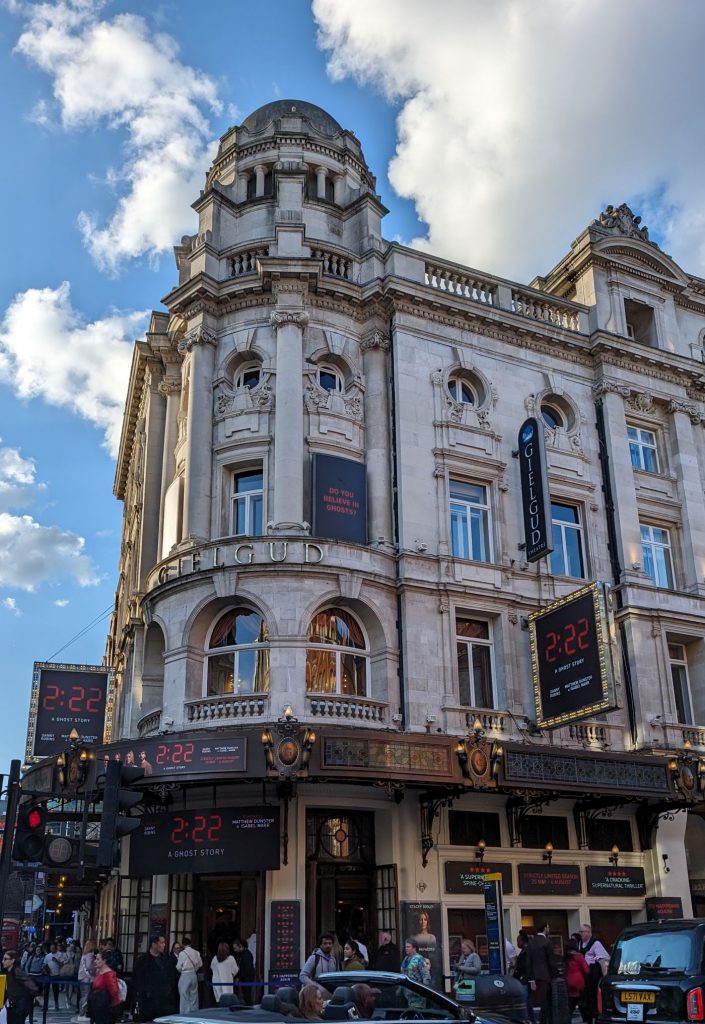
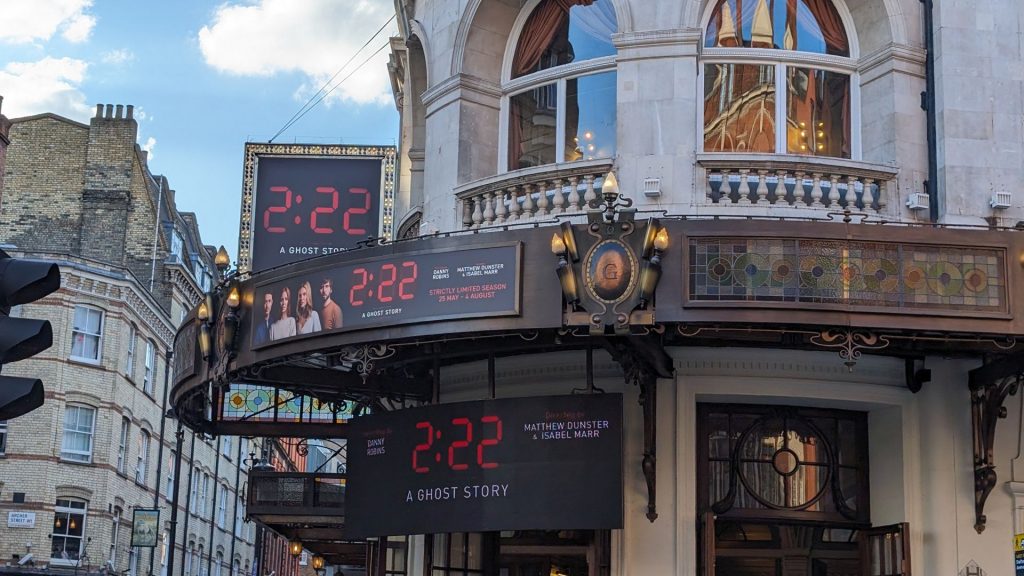
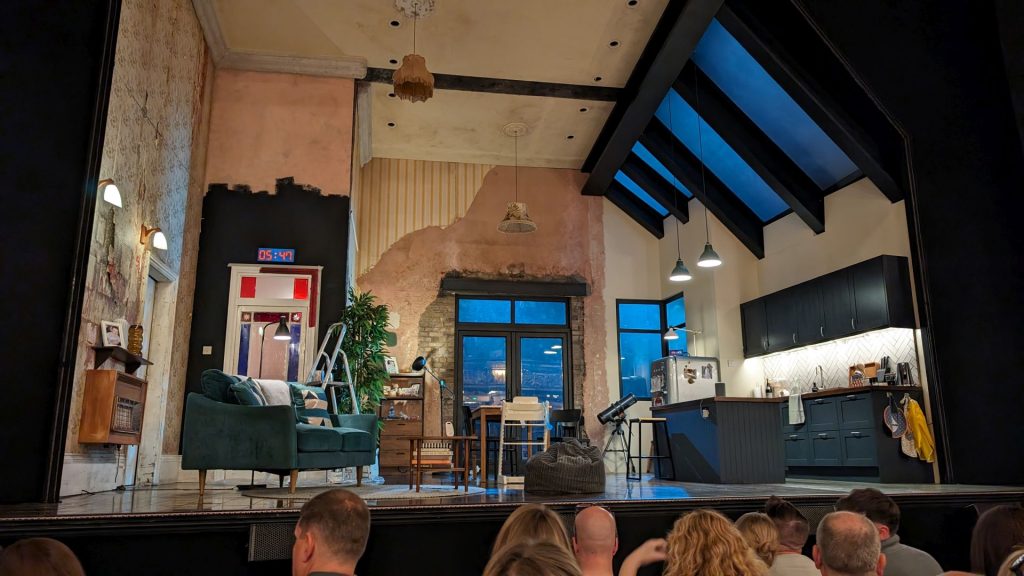
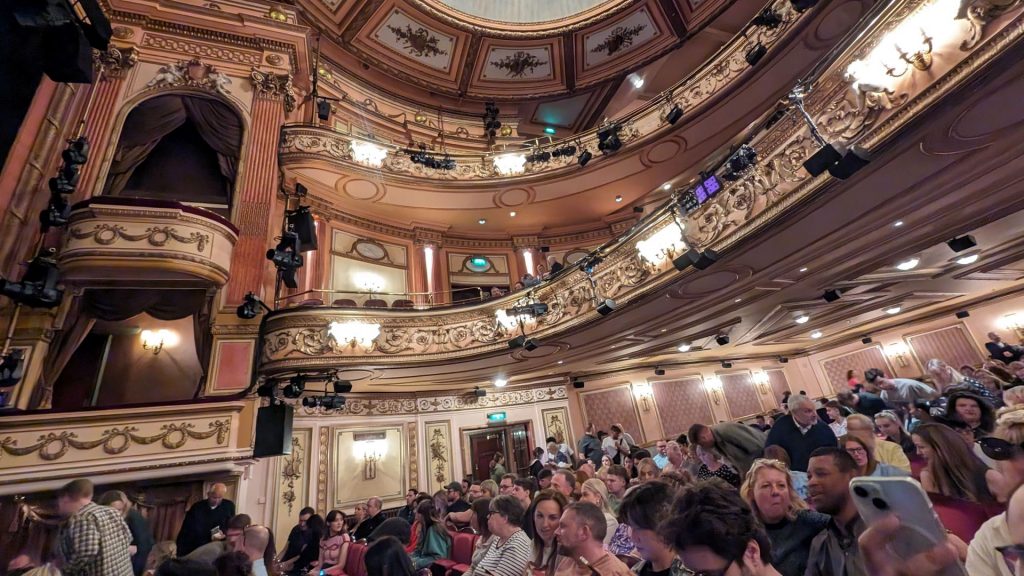
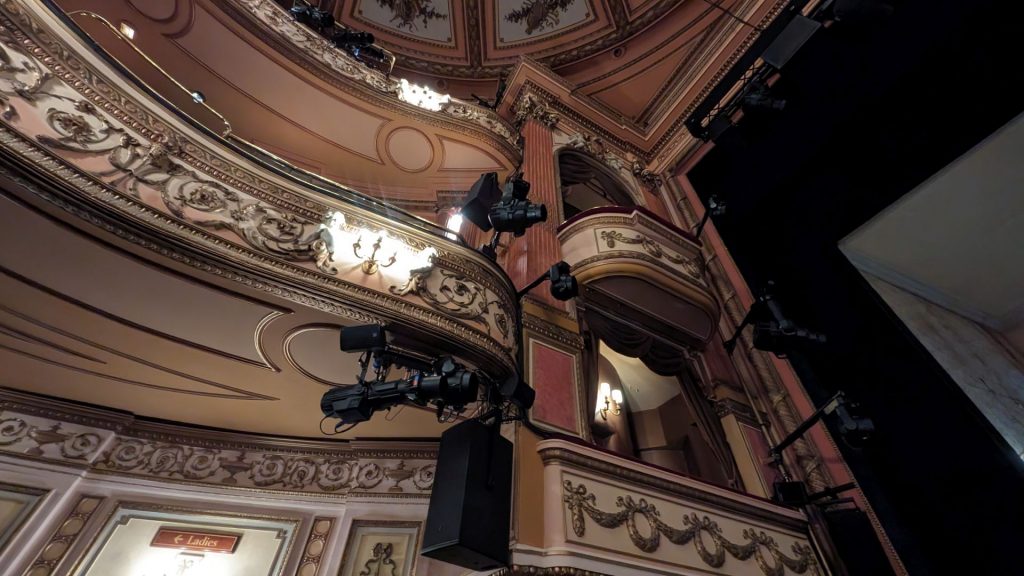
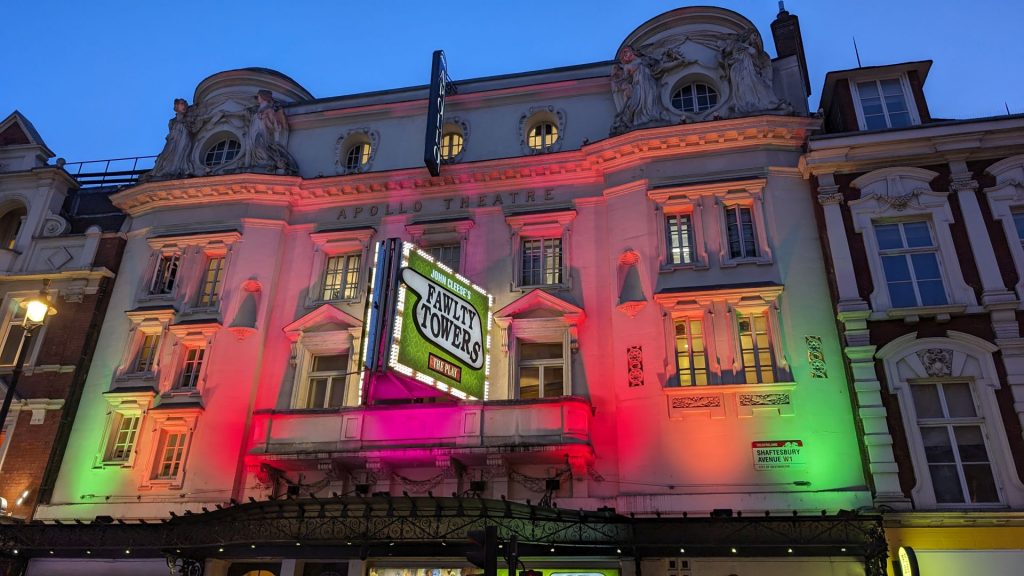
And that was our first night and full day in London!
*Here are the ingredients if you want to try to make potato pie at home: potatoes, sweet milk, butter, eggs, sugar, salt, nutmeg, lemon, and pastry.
